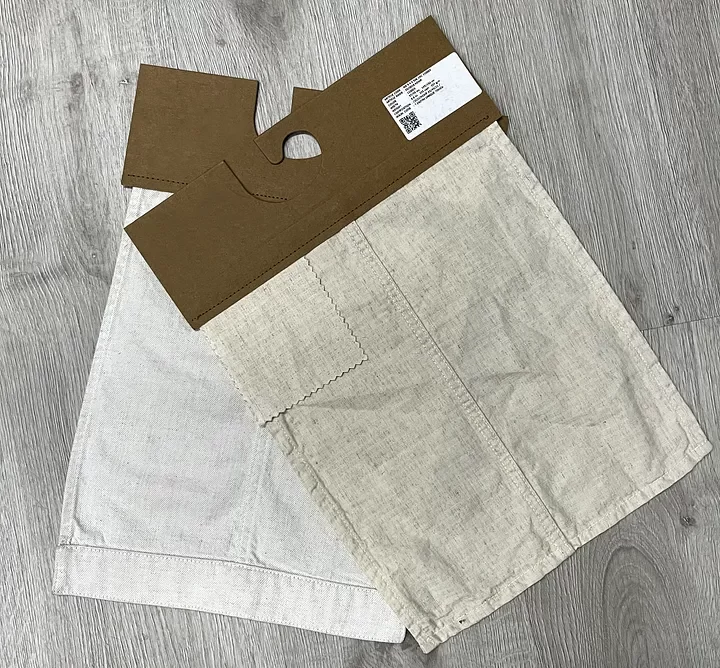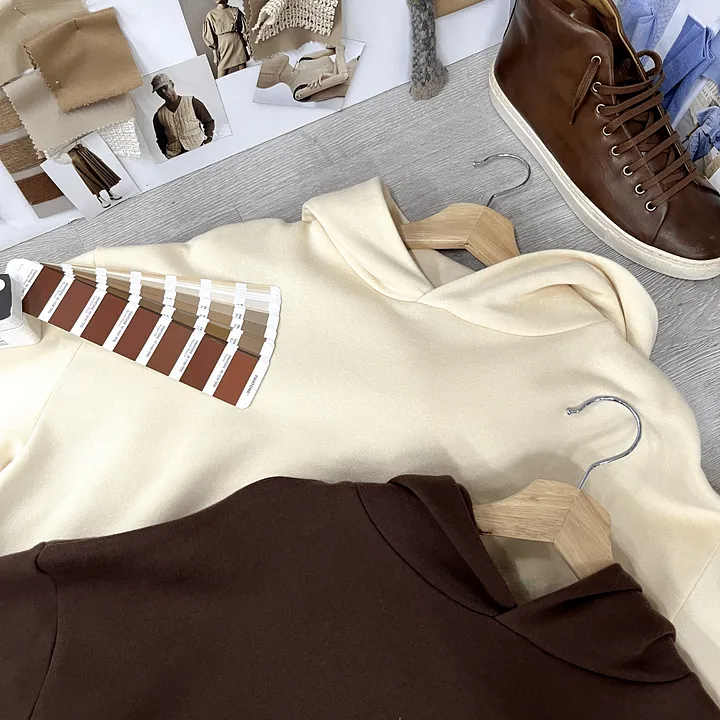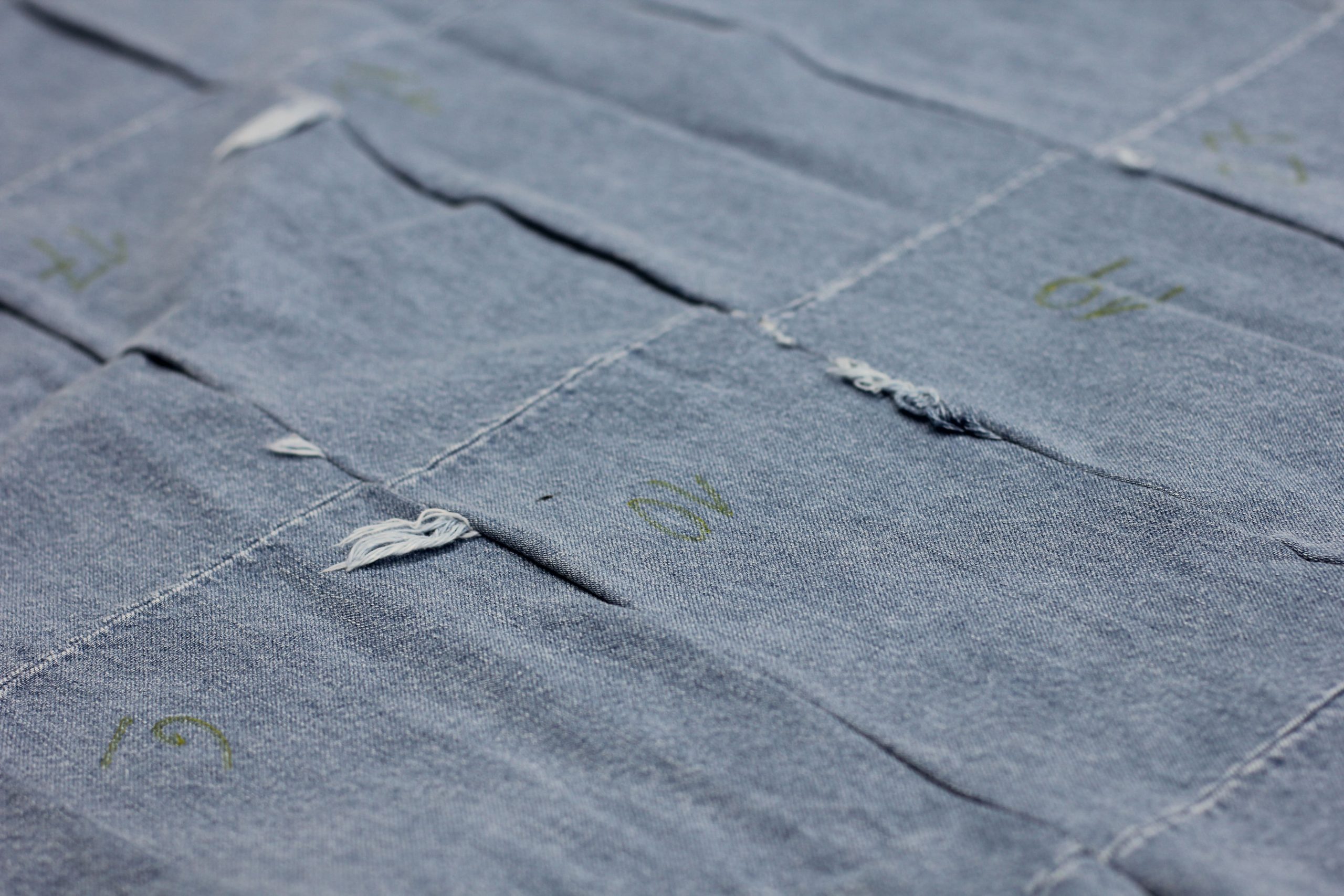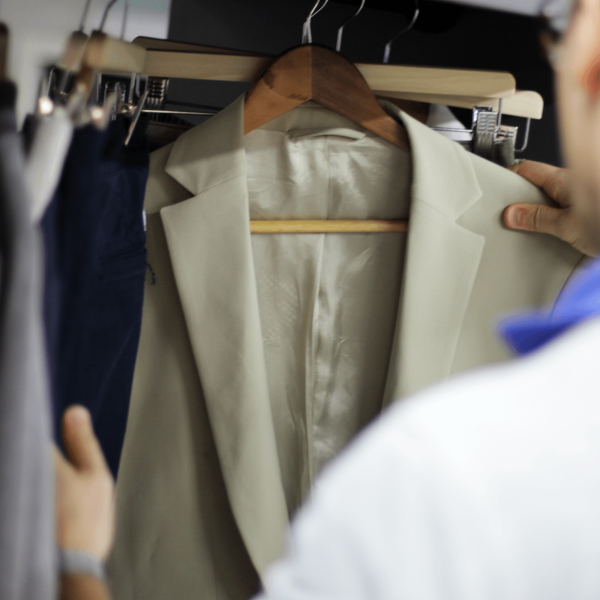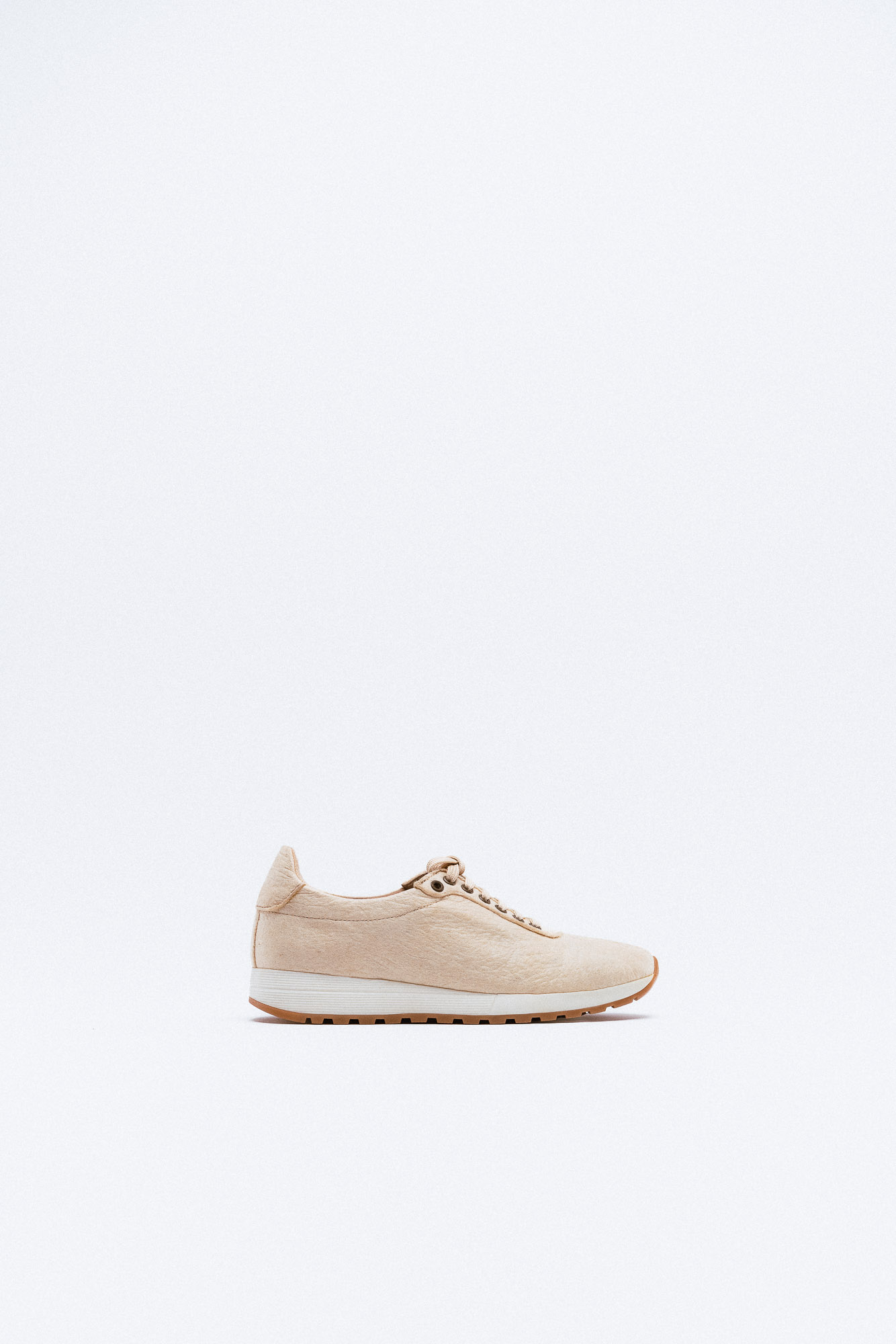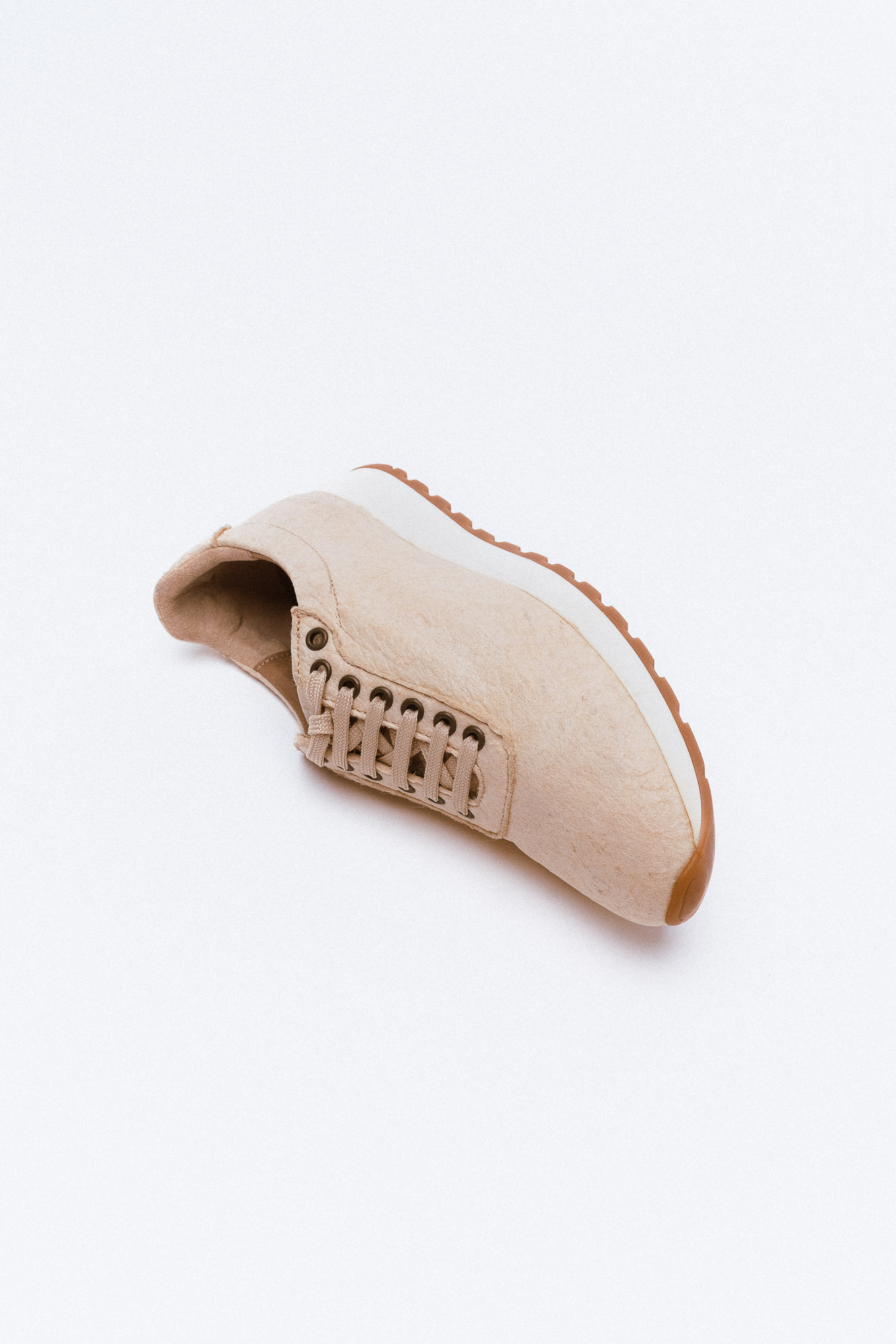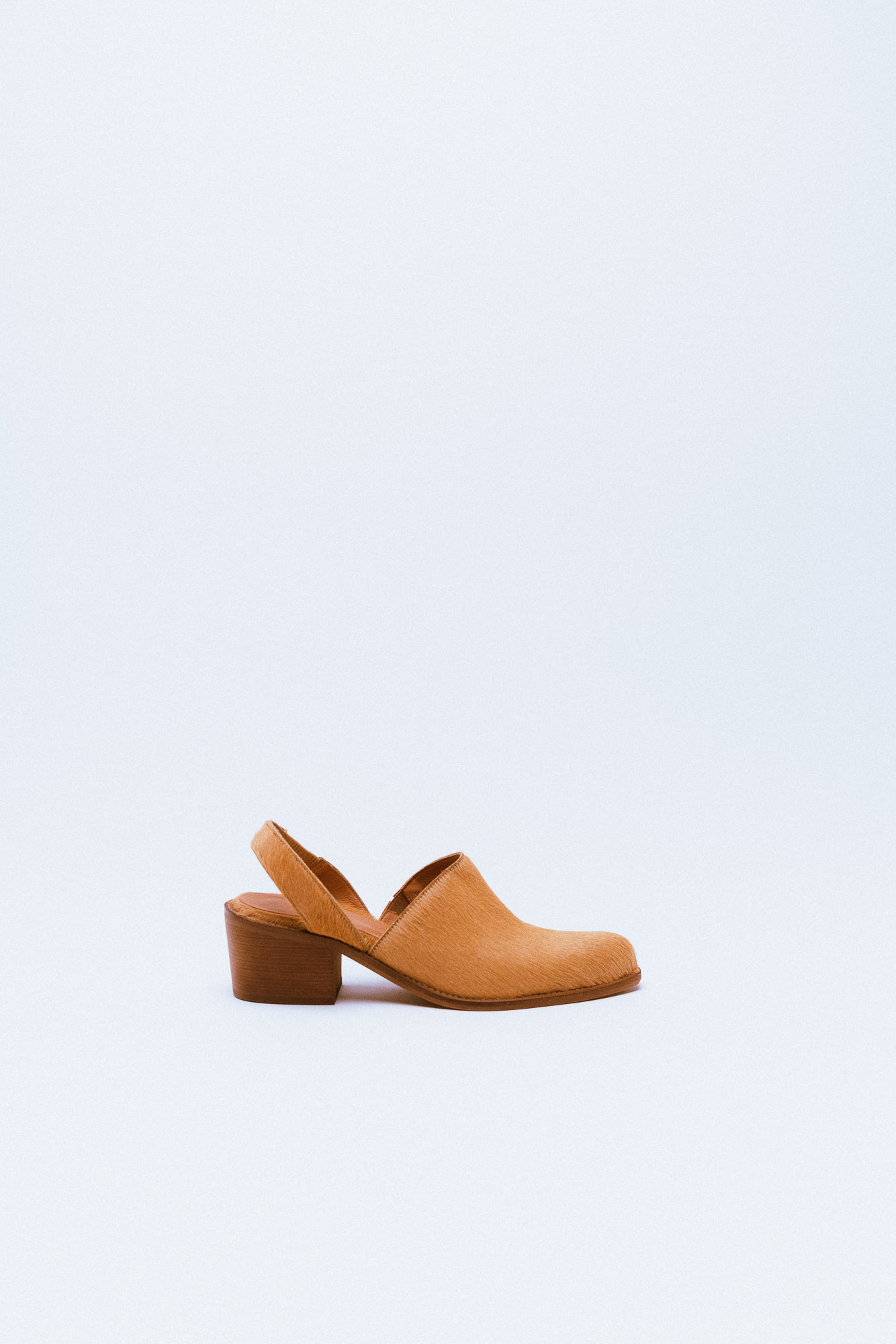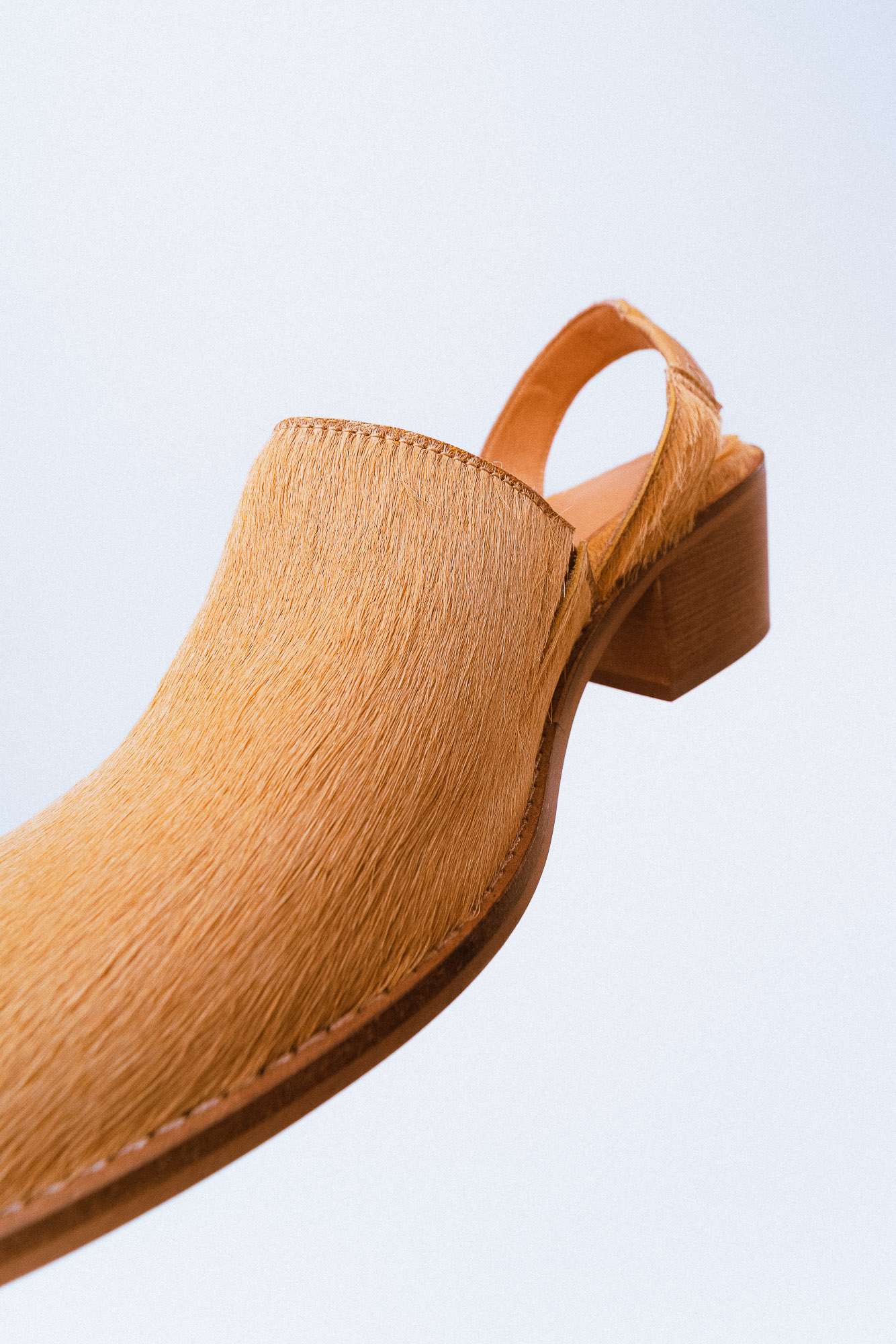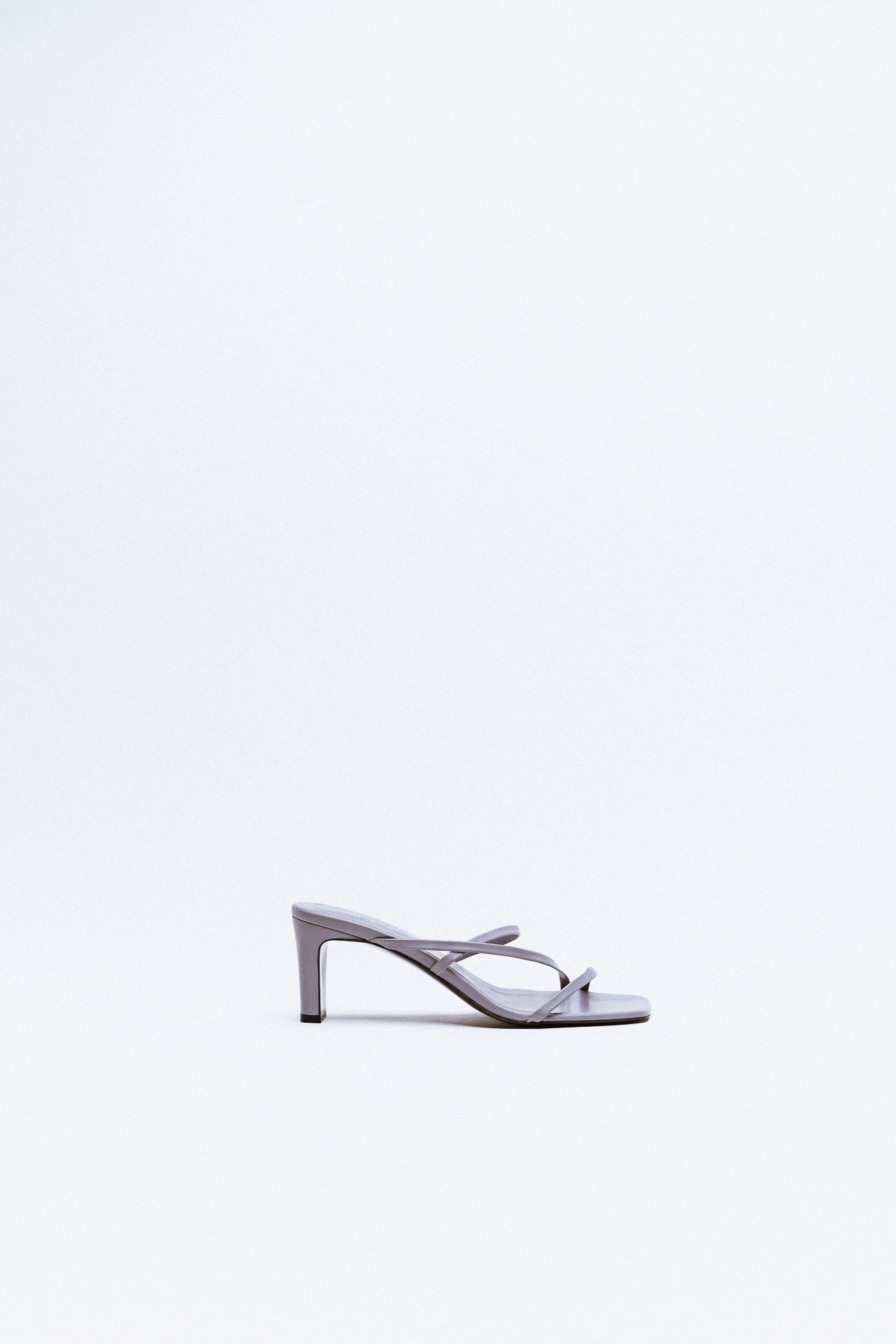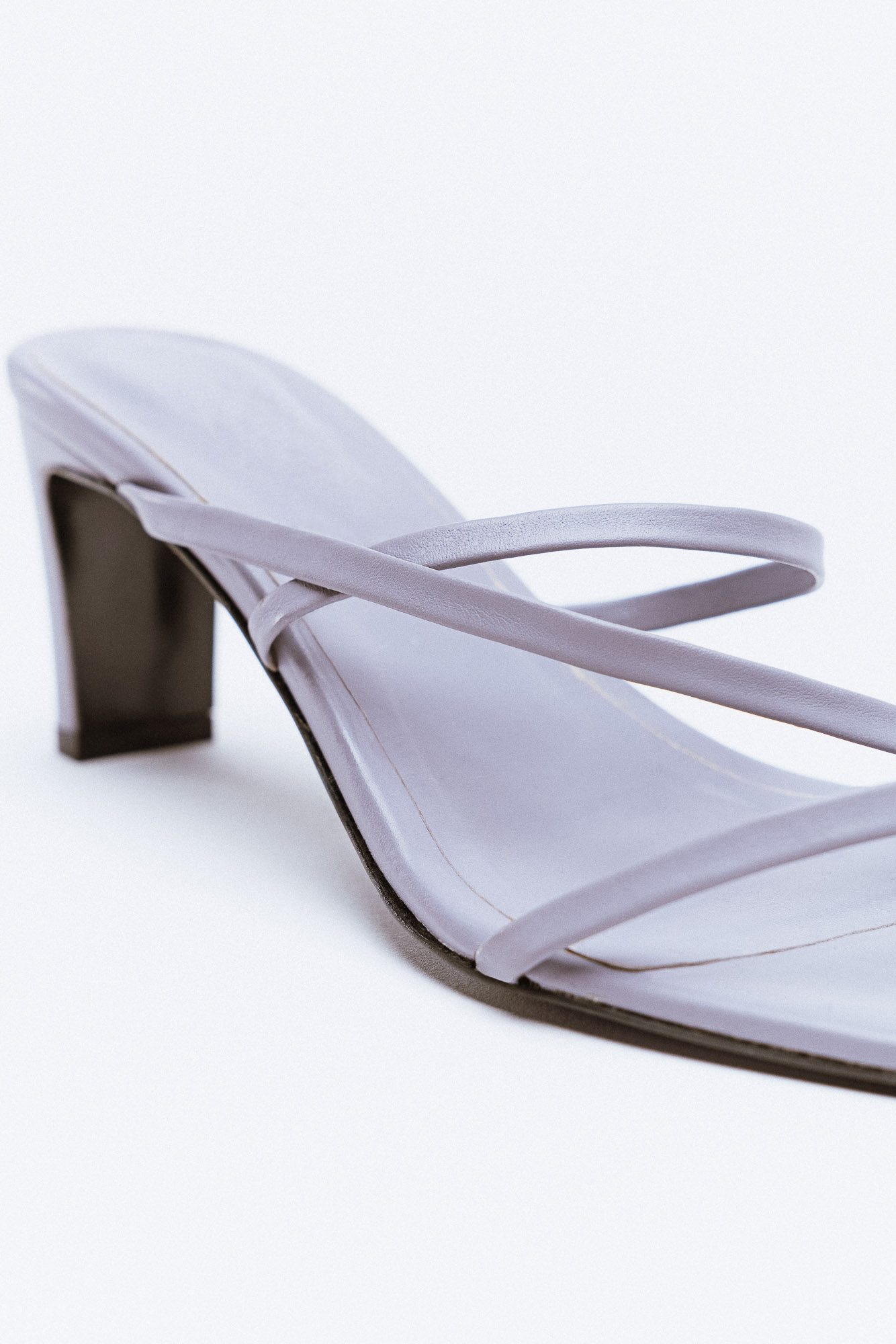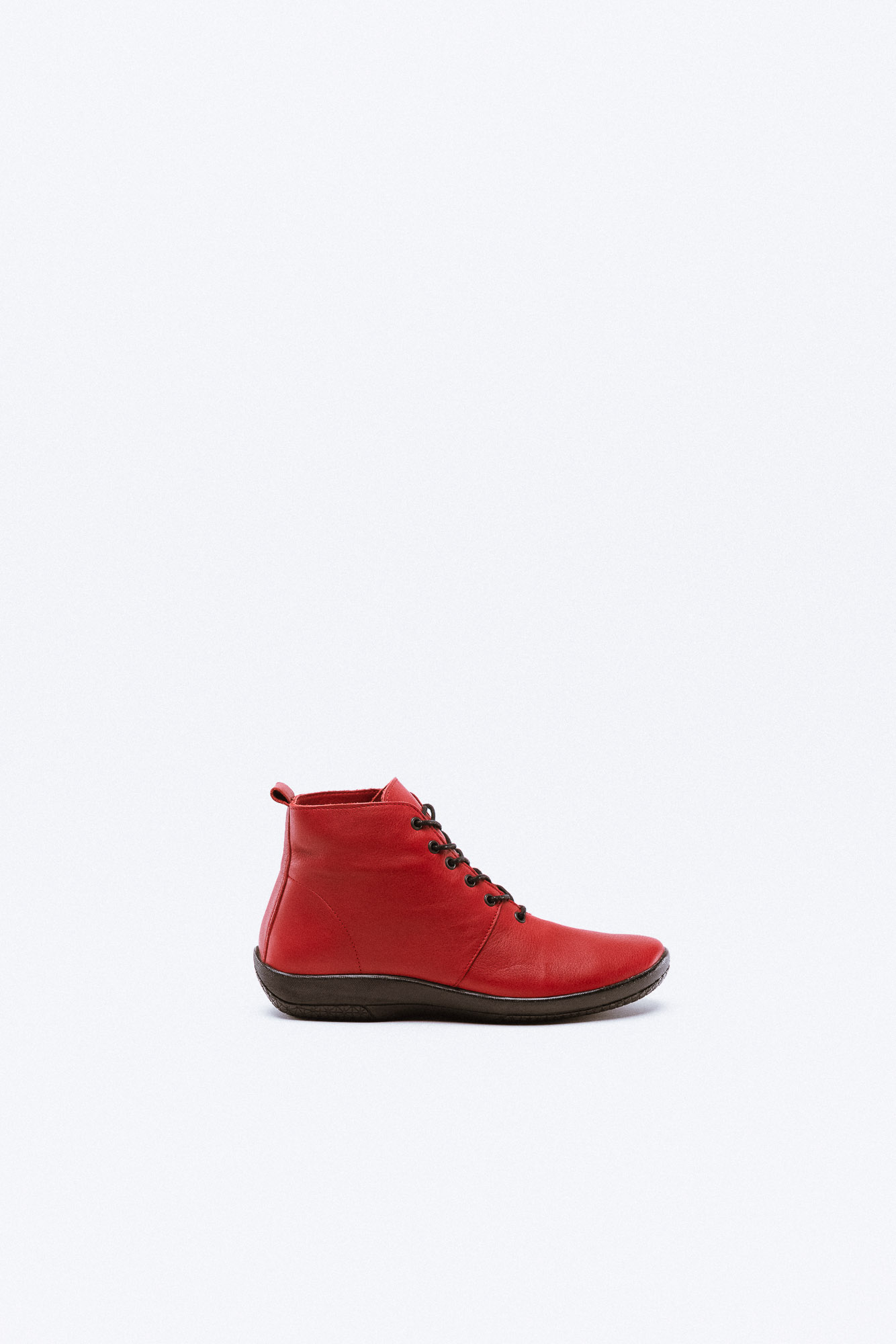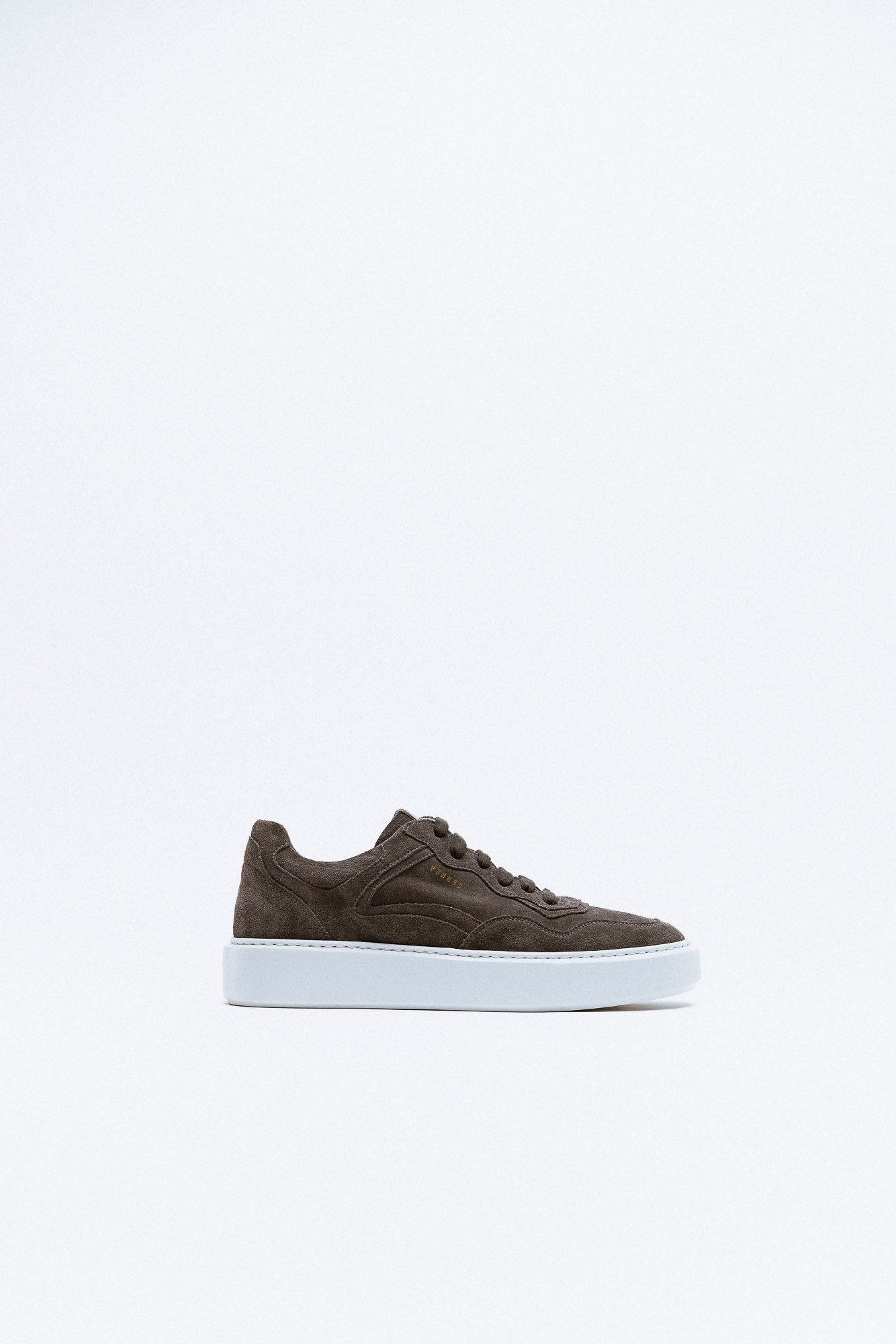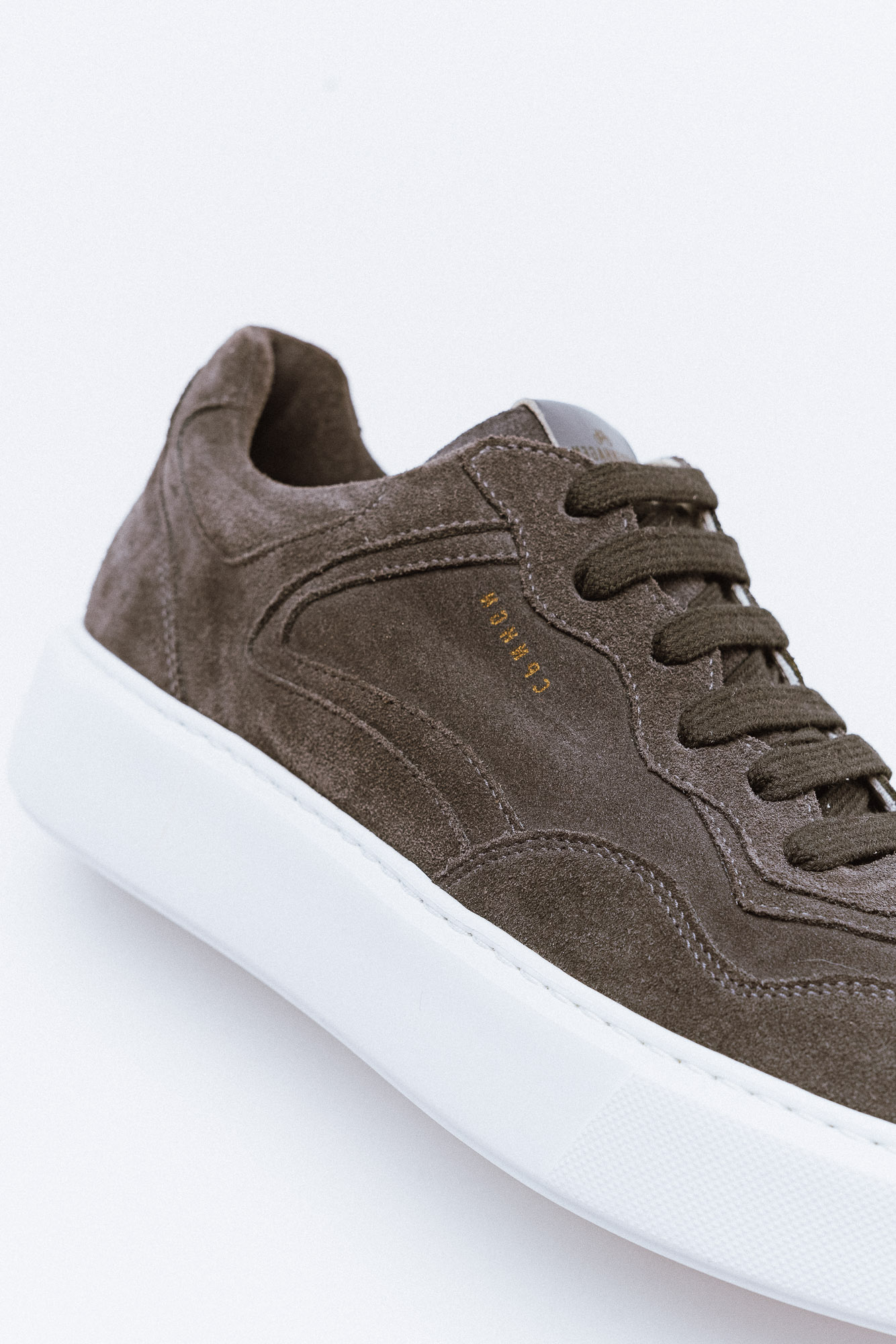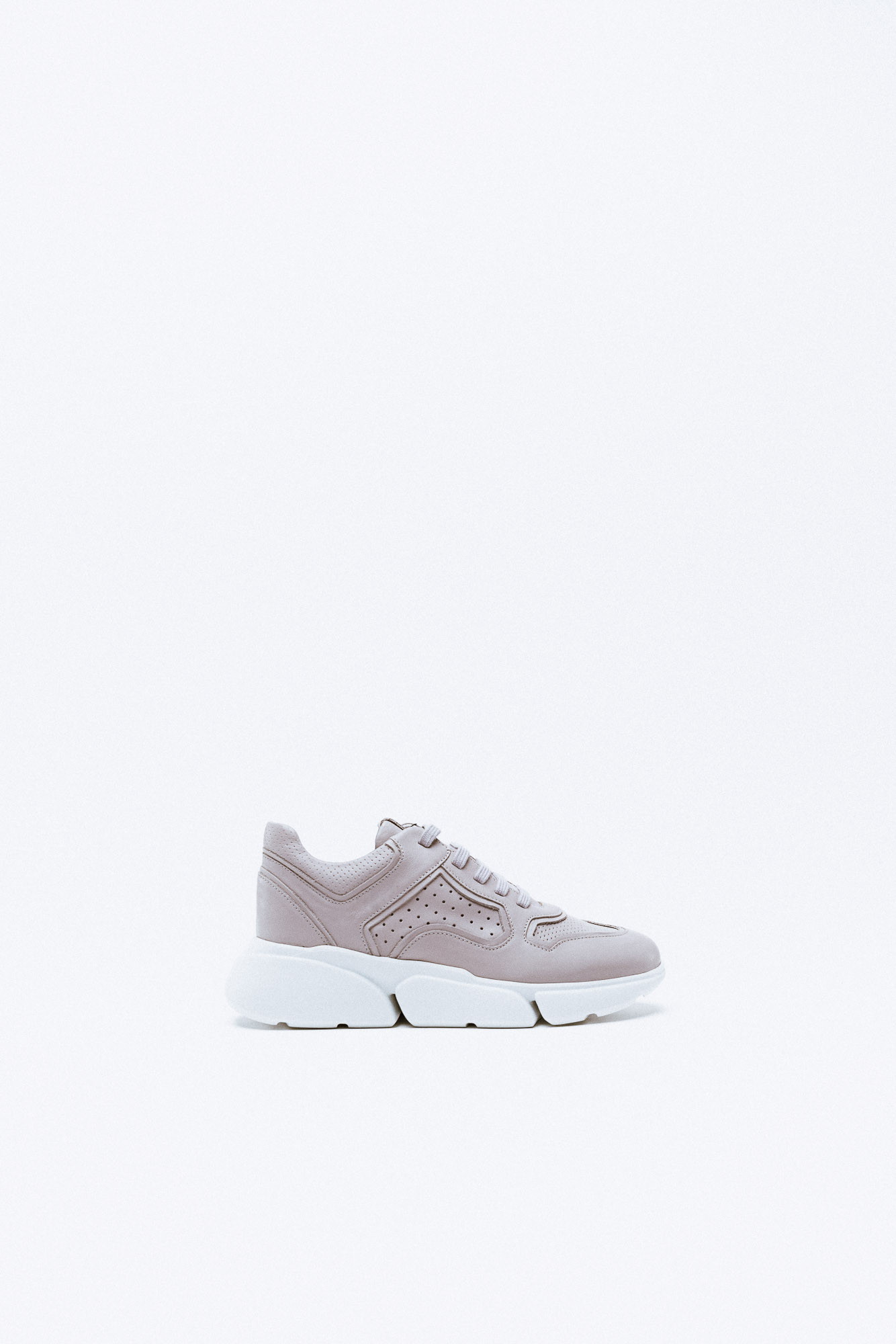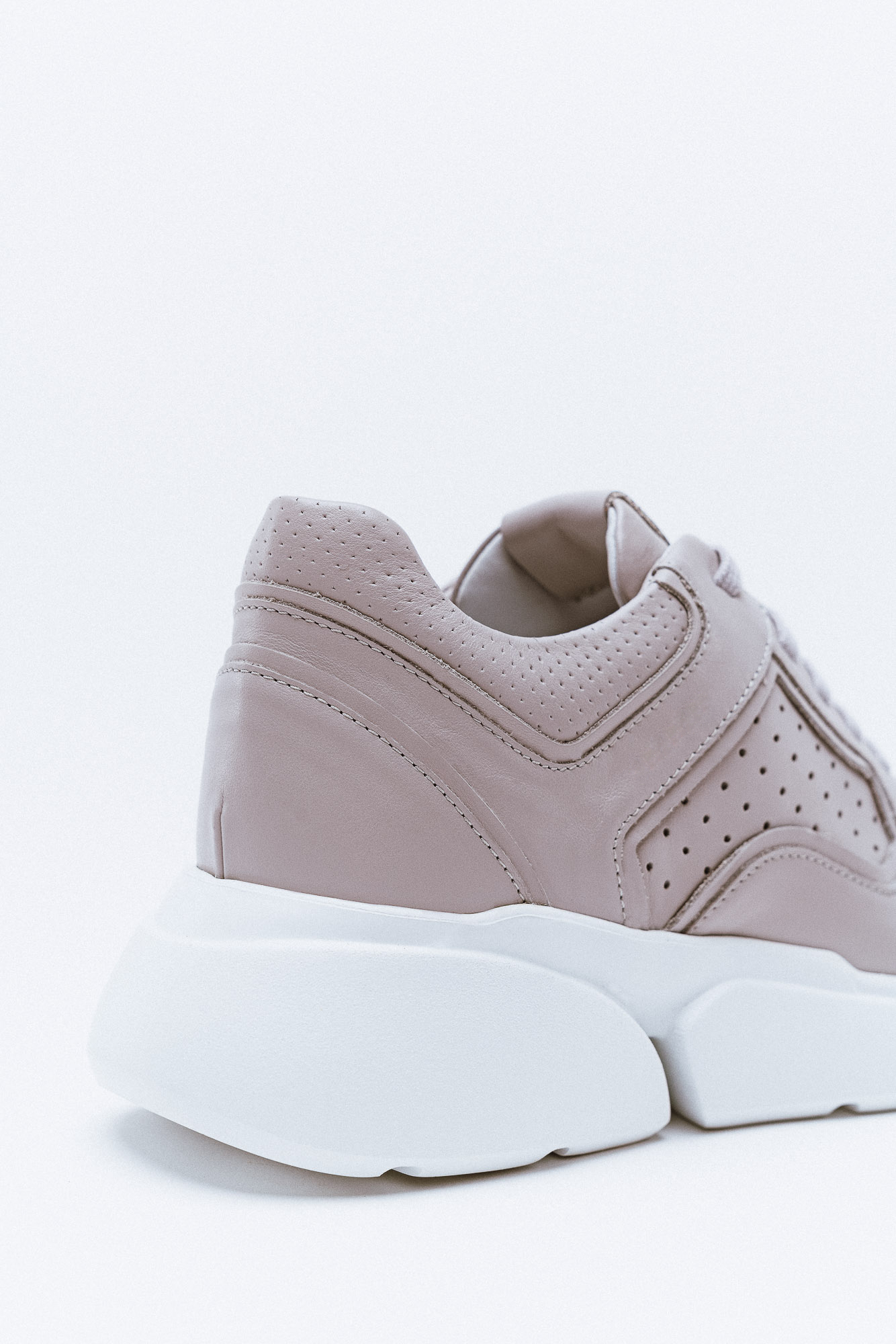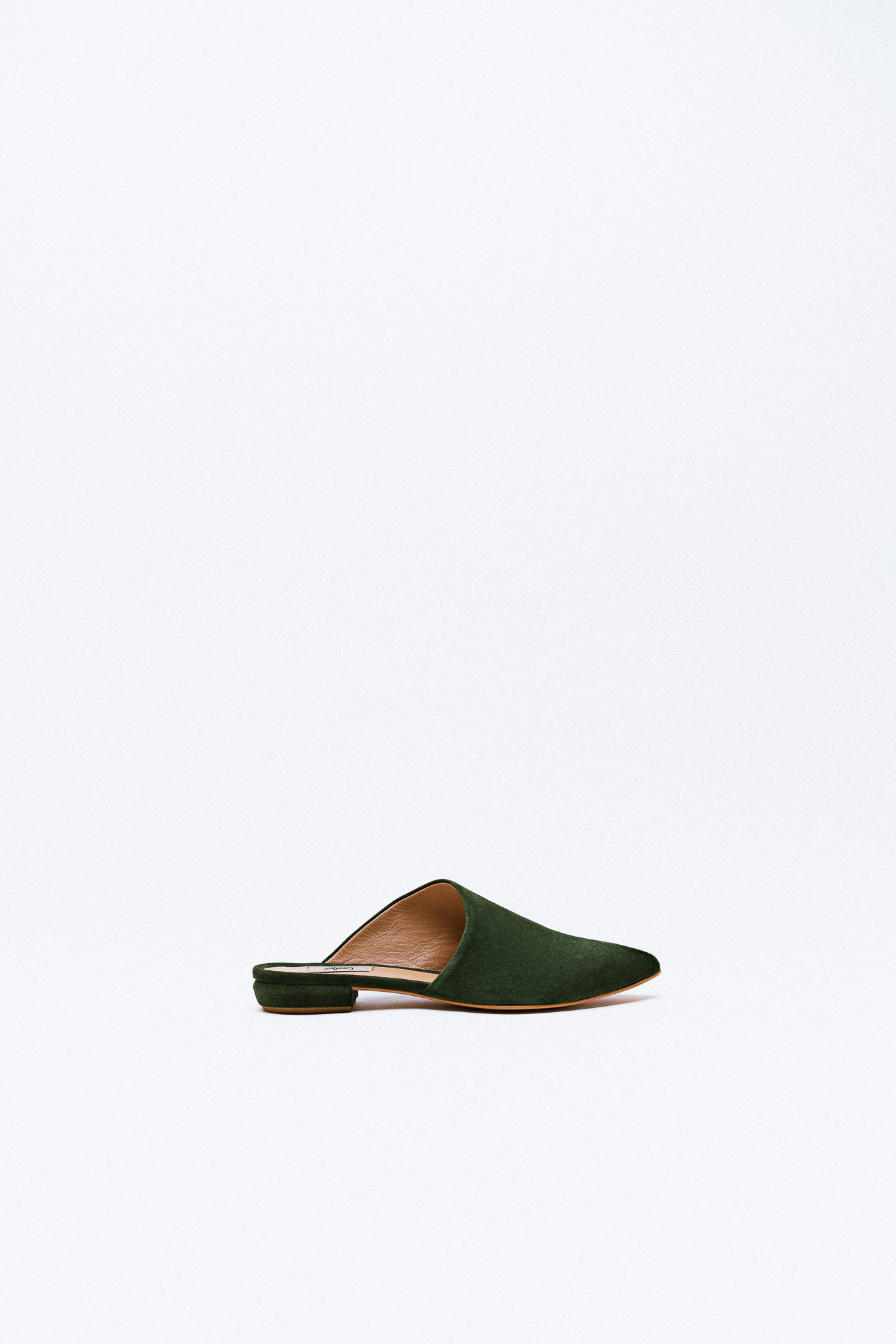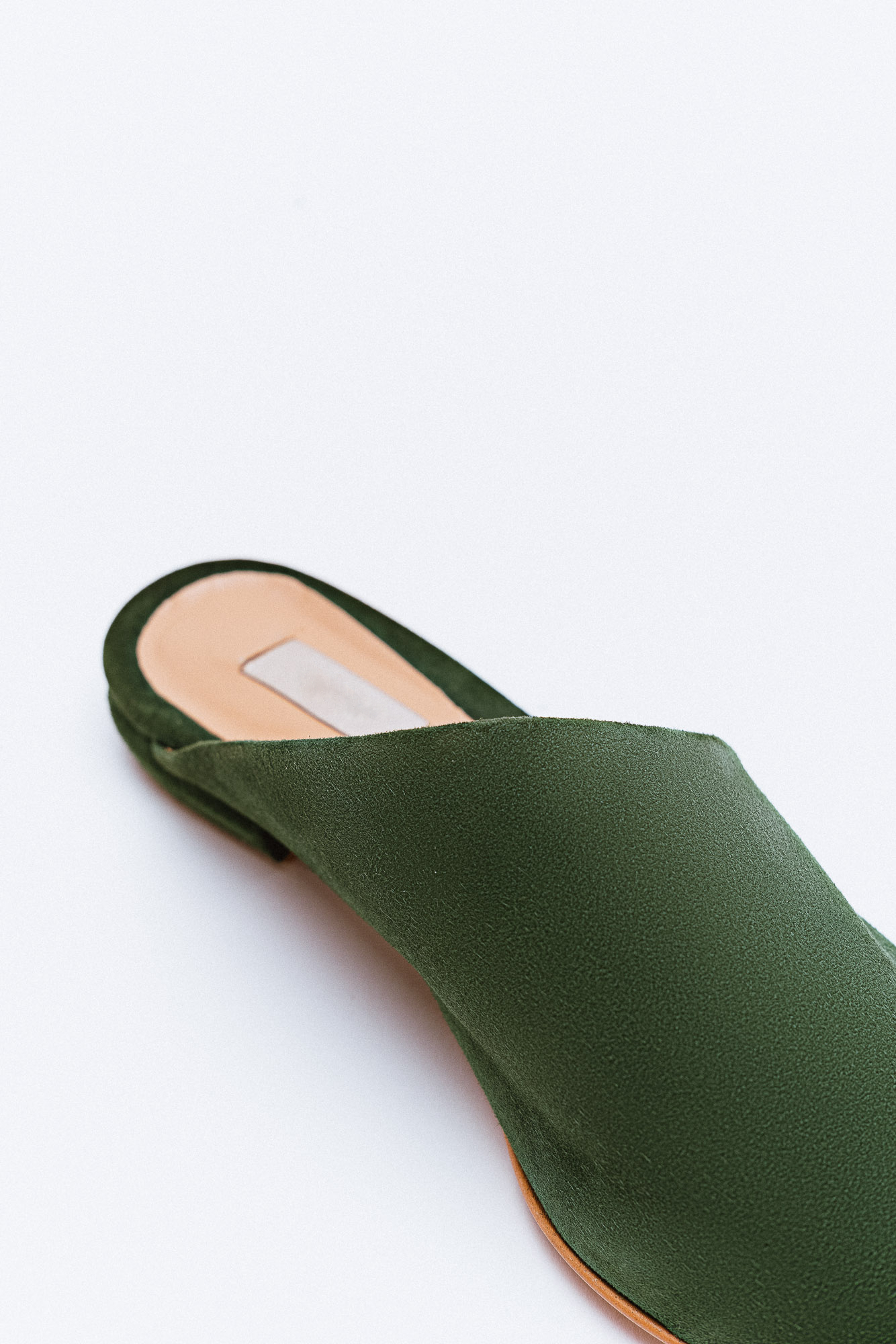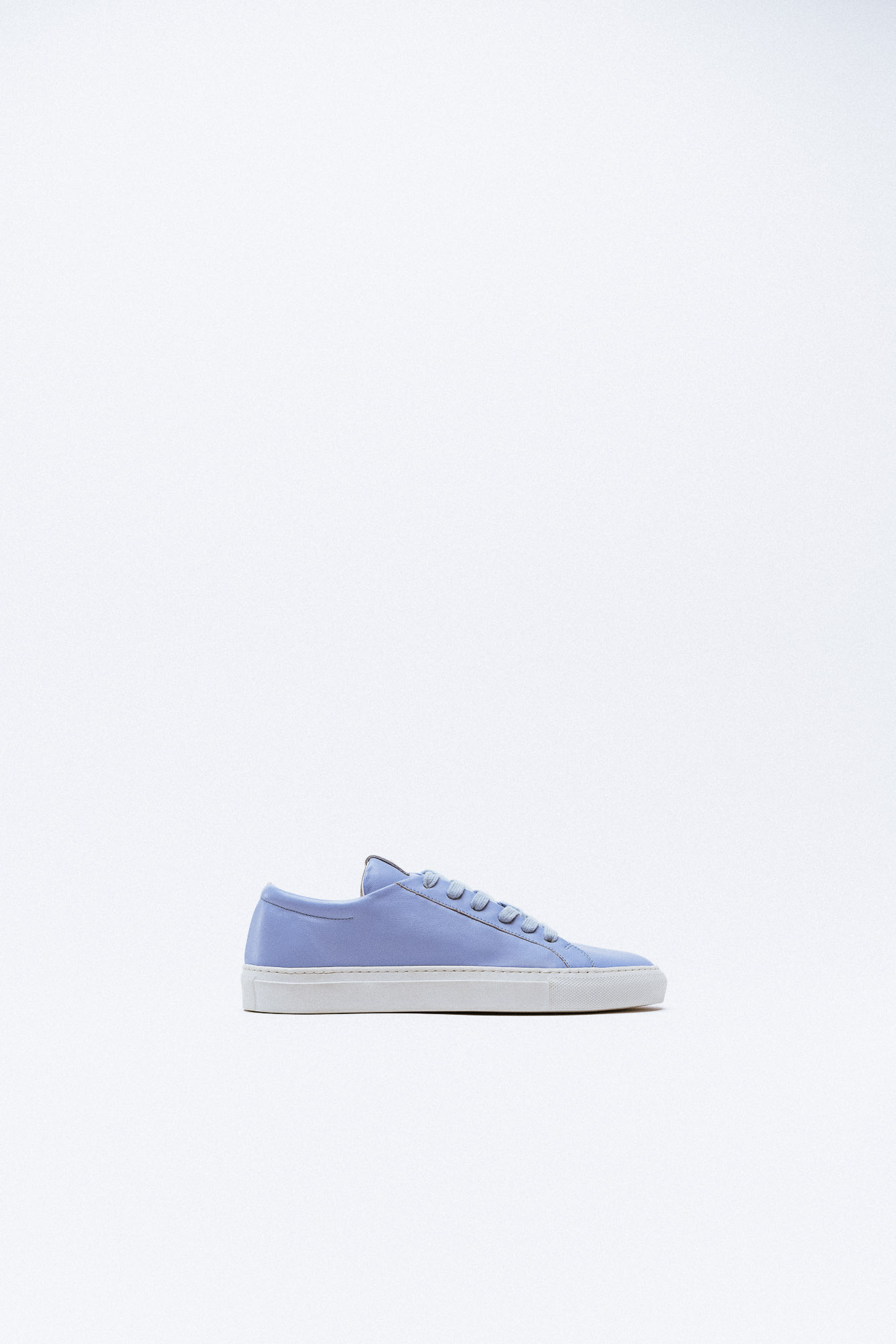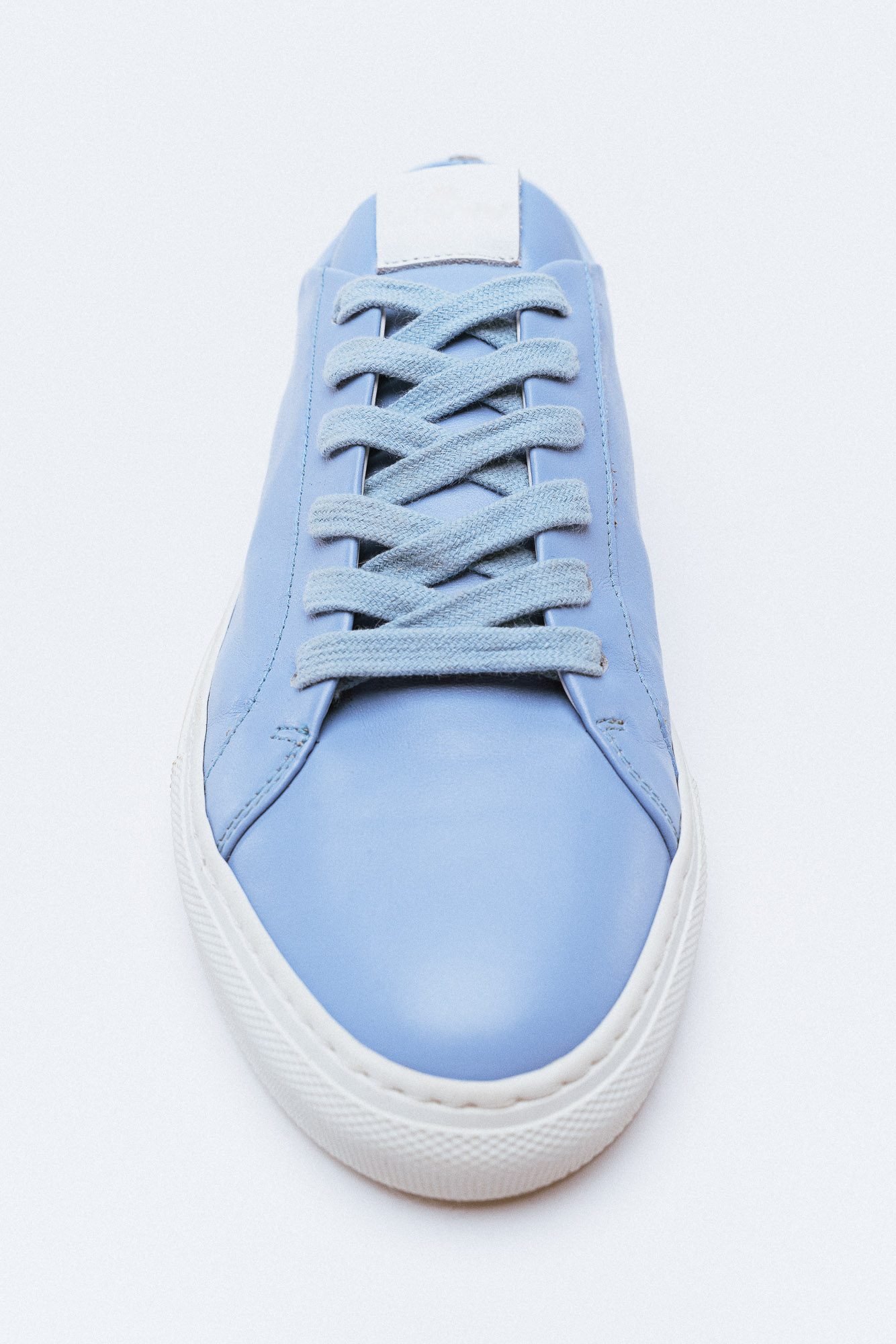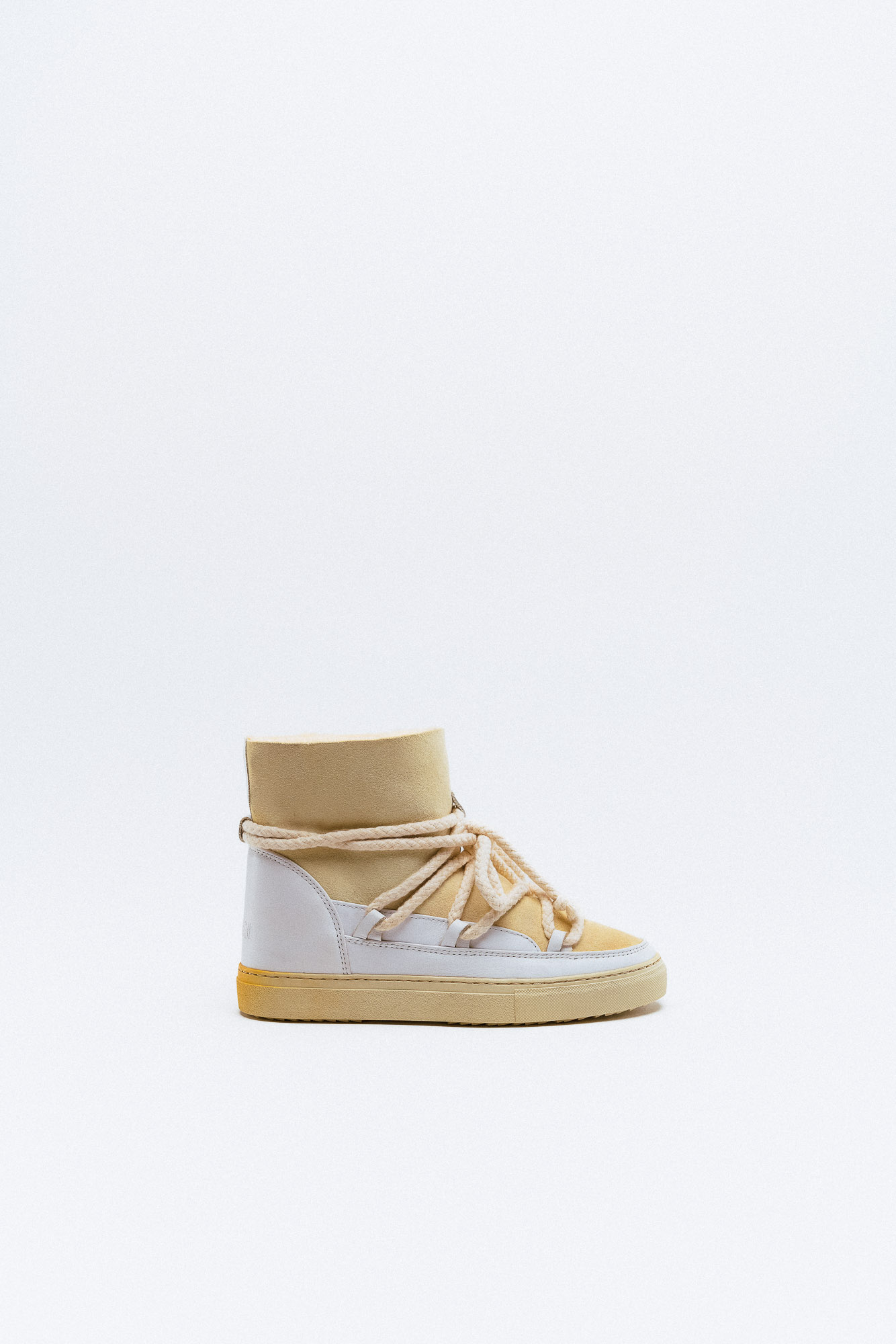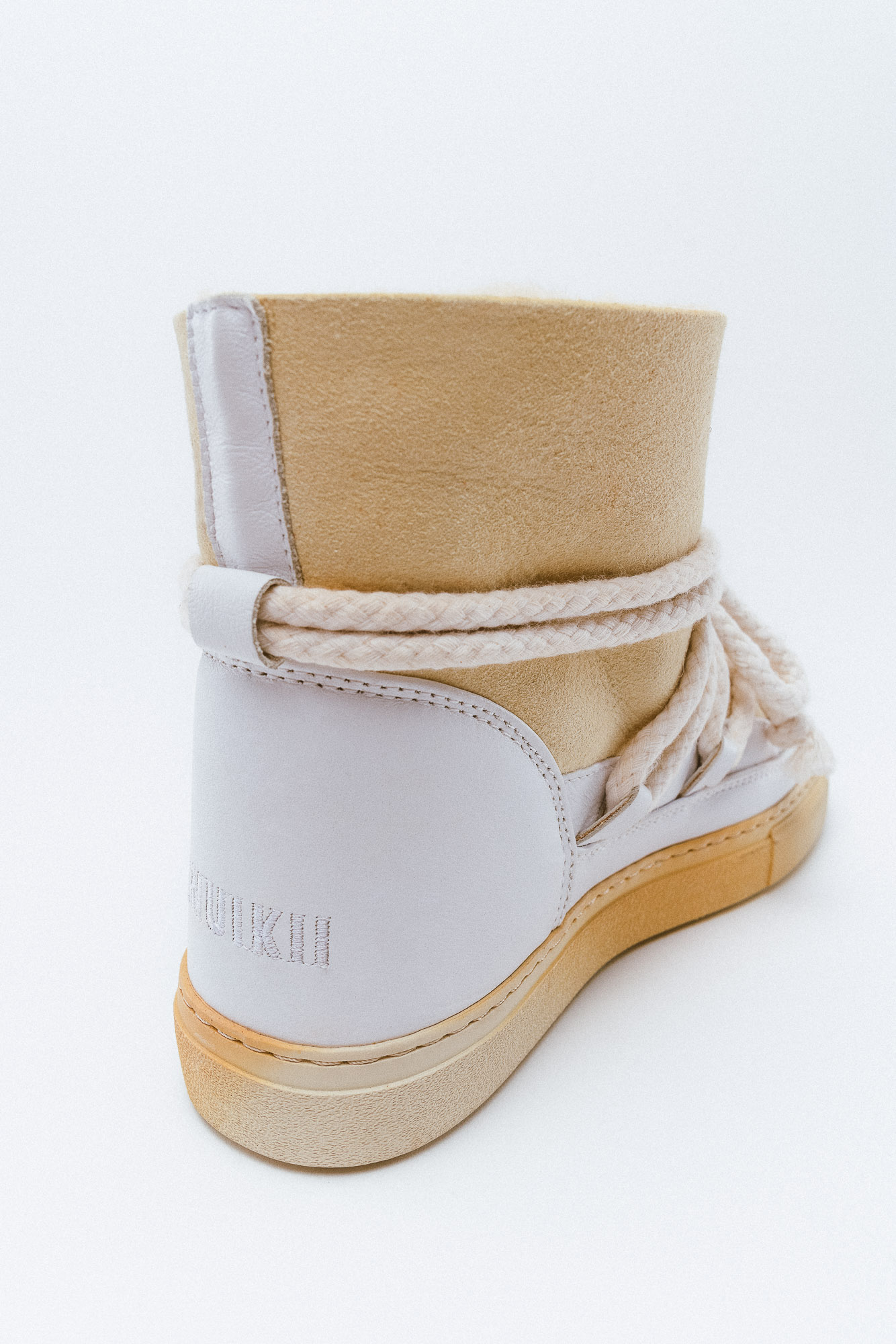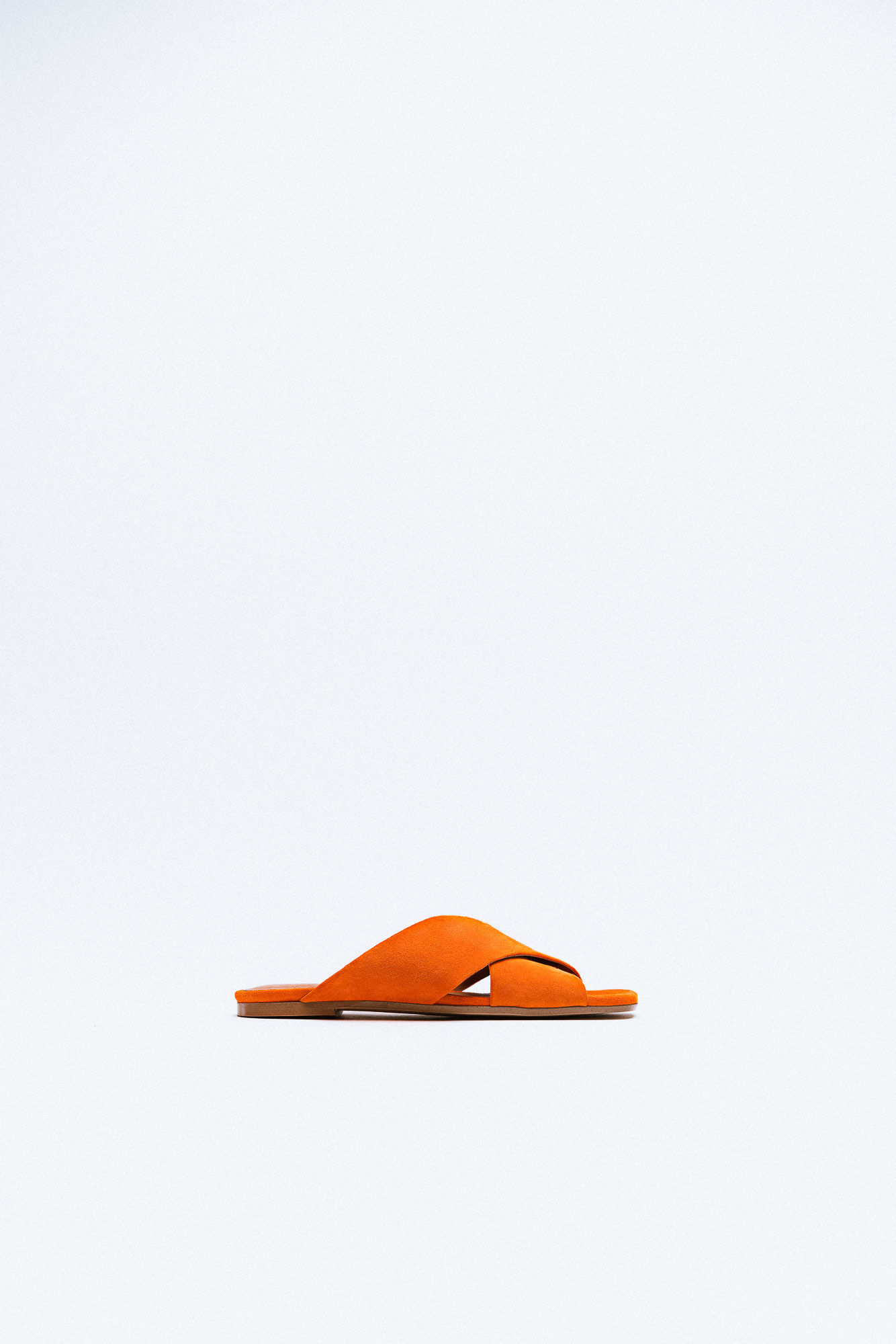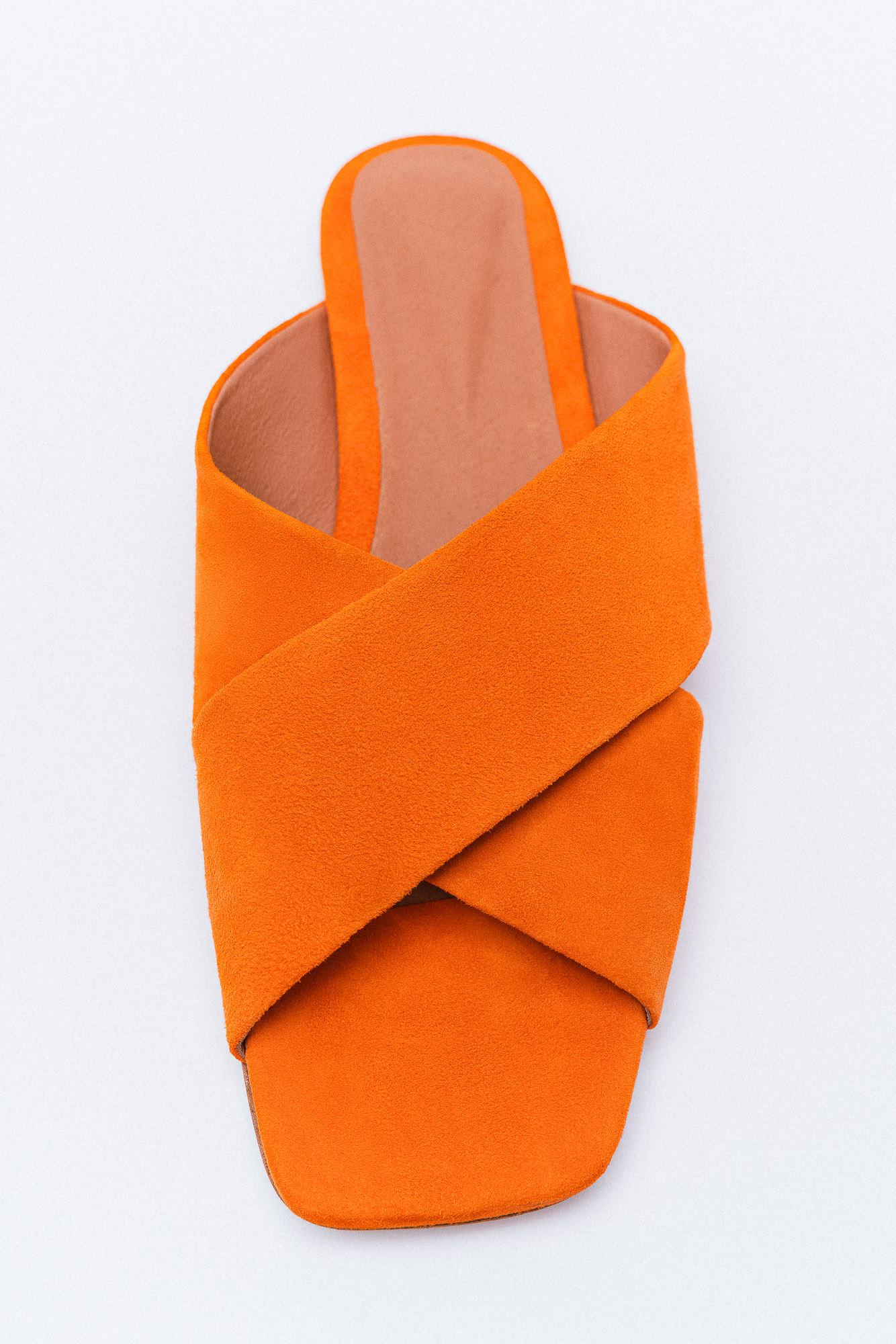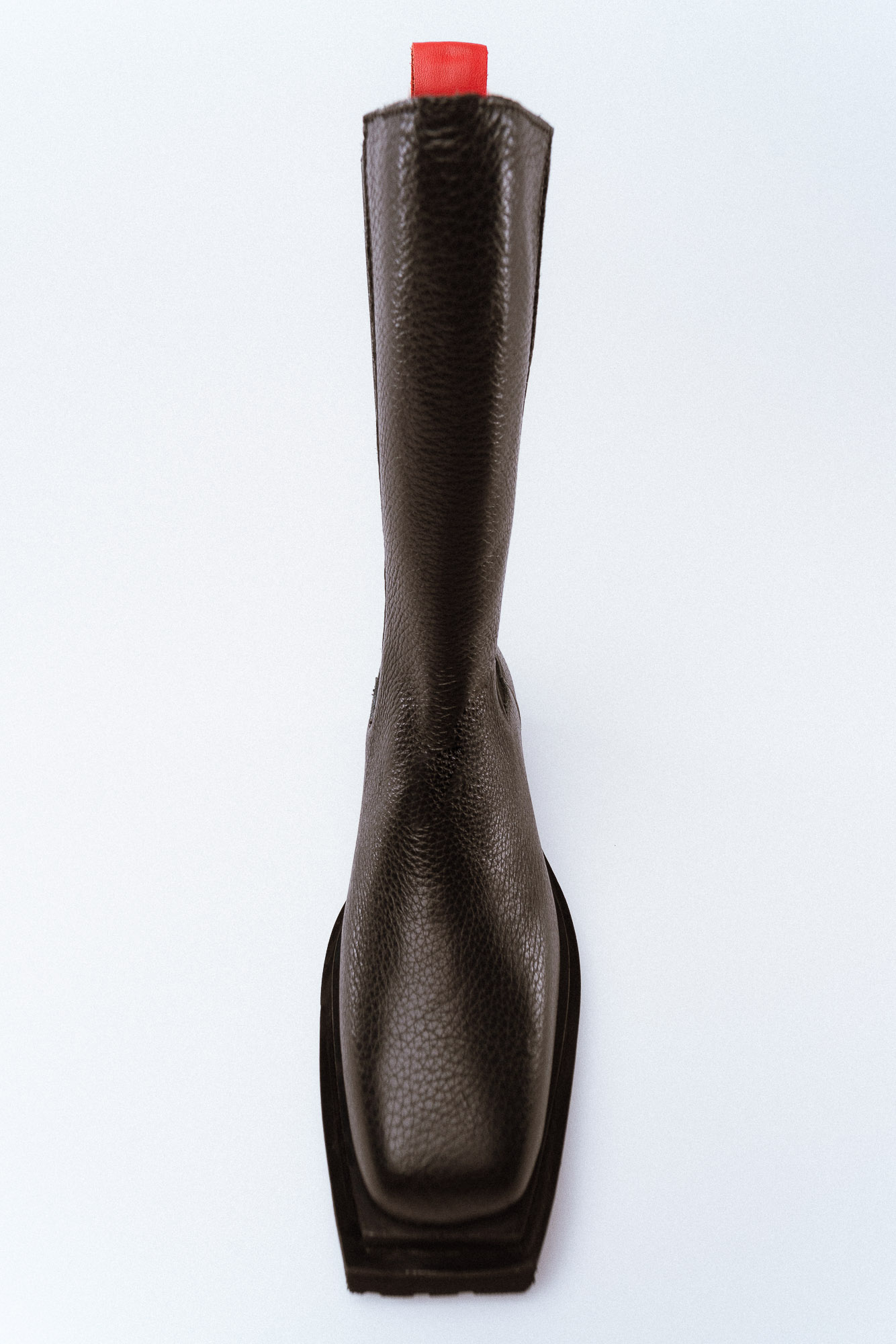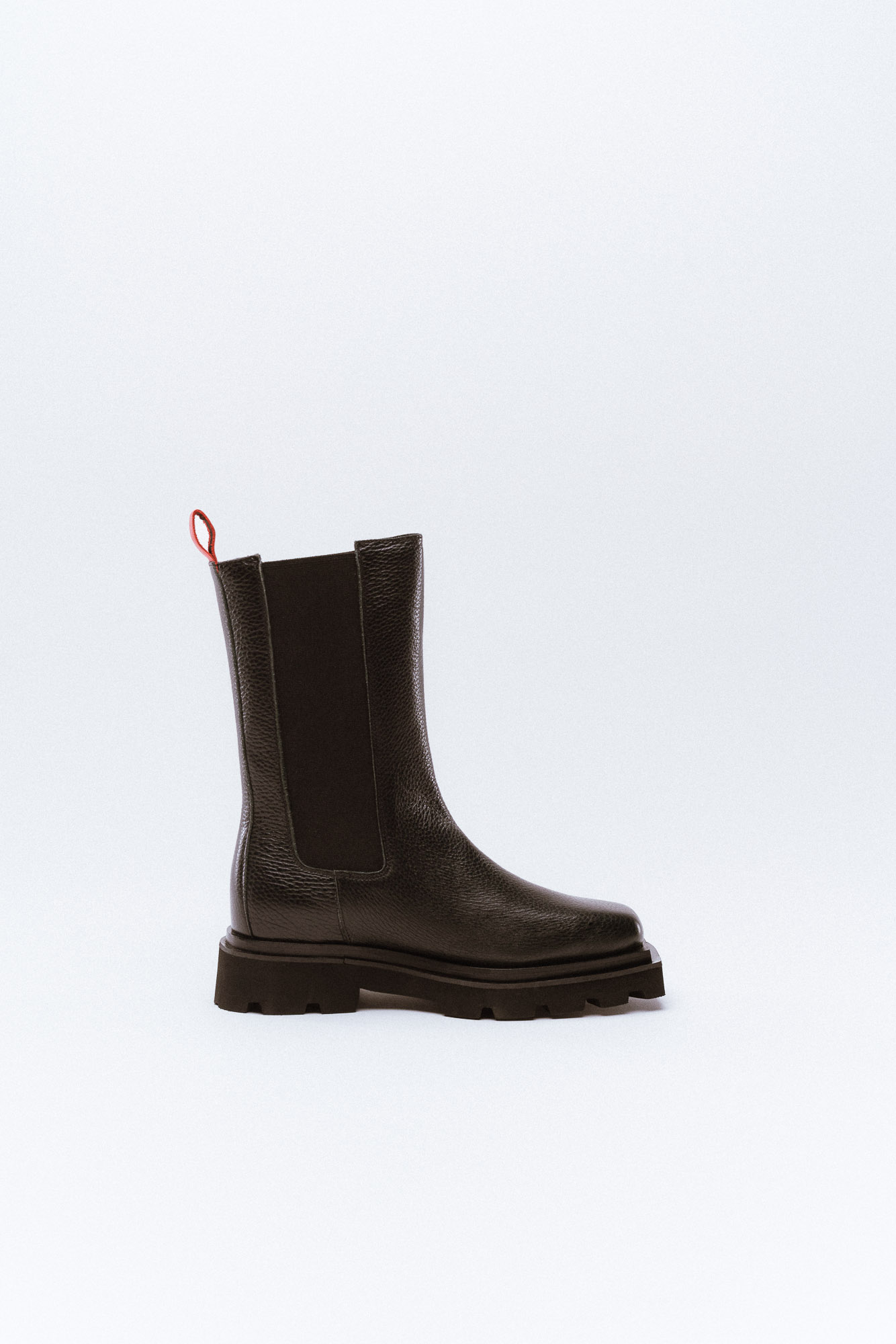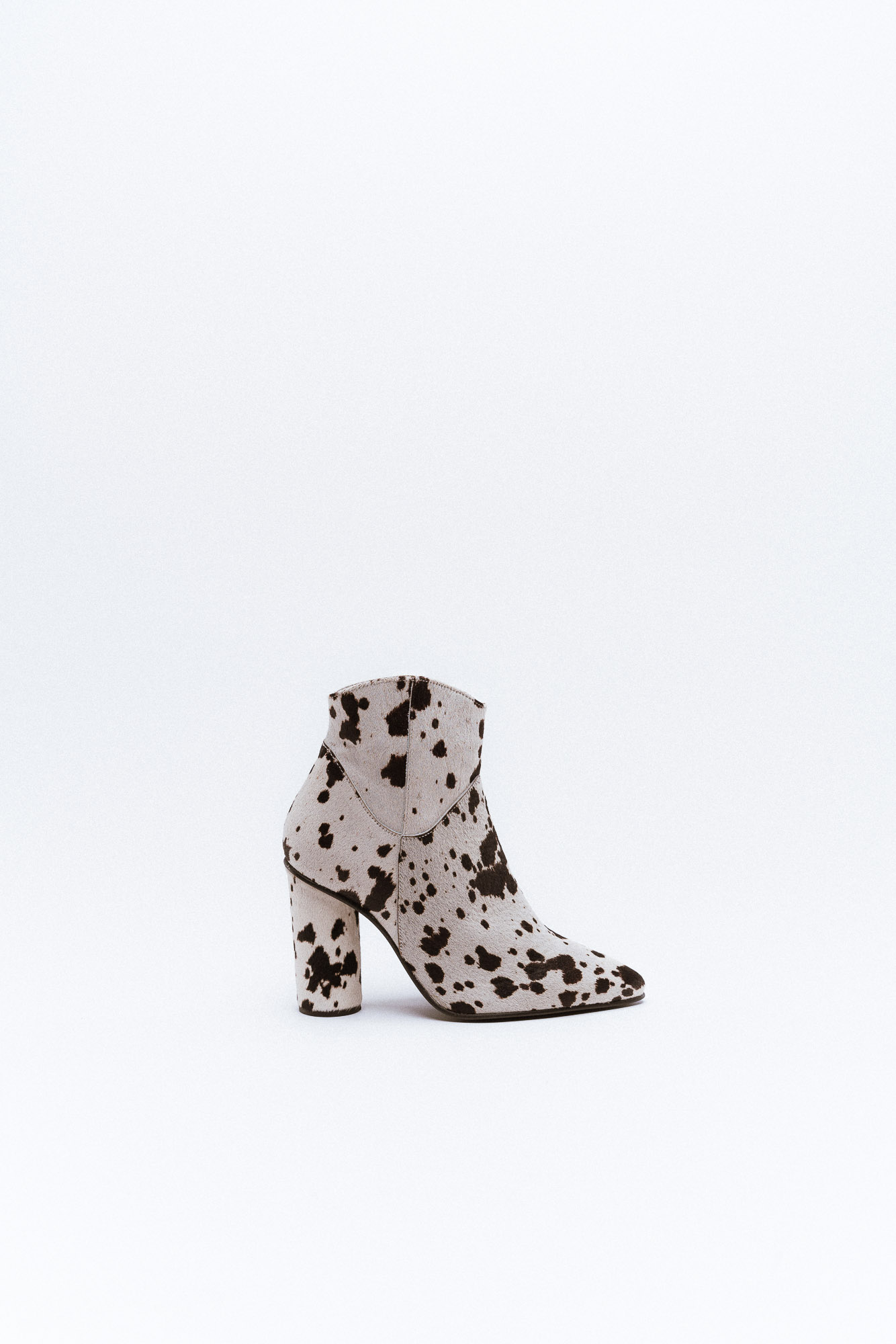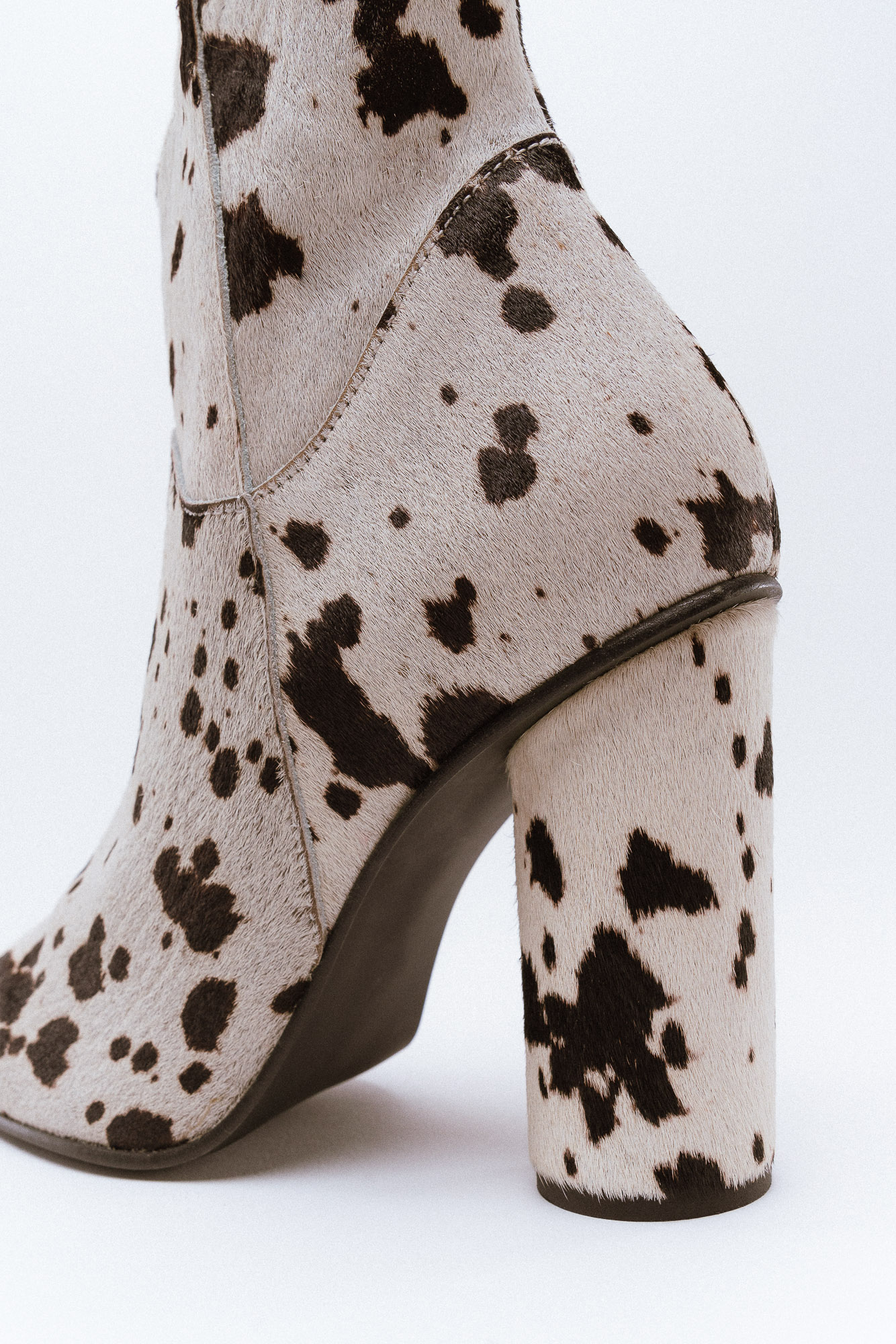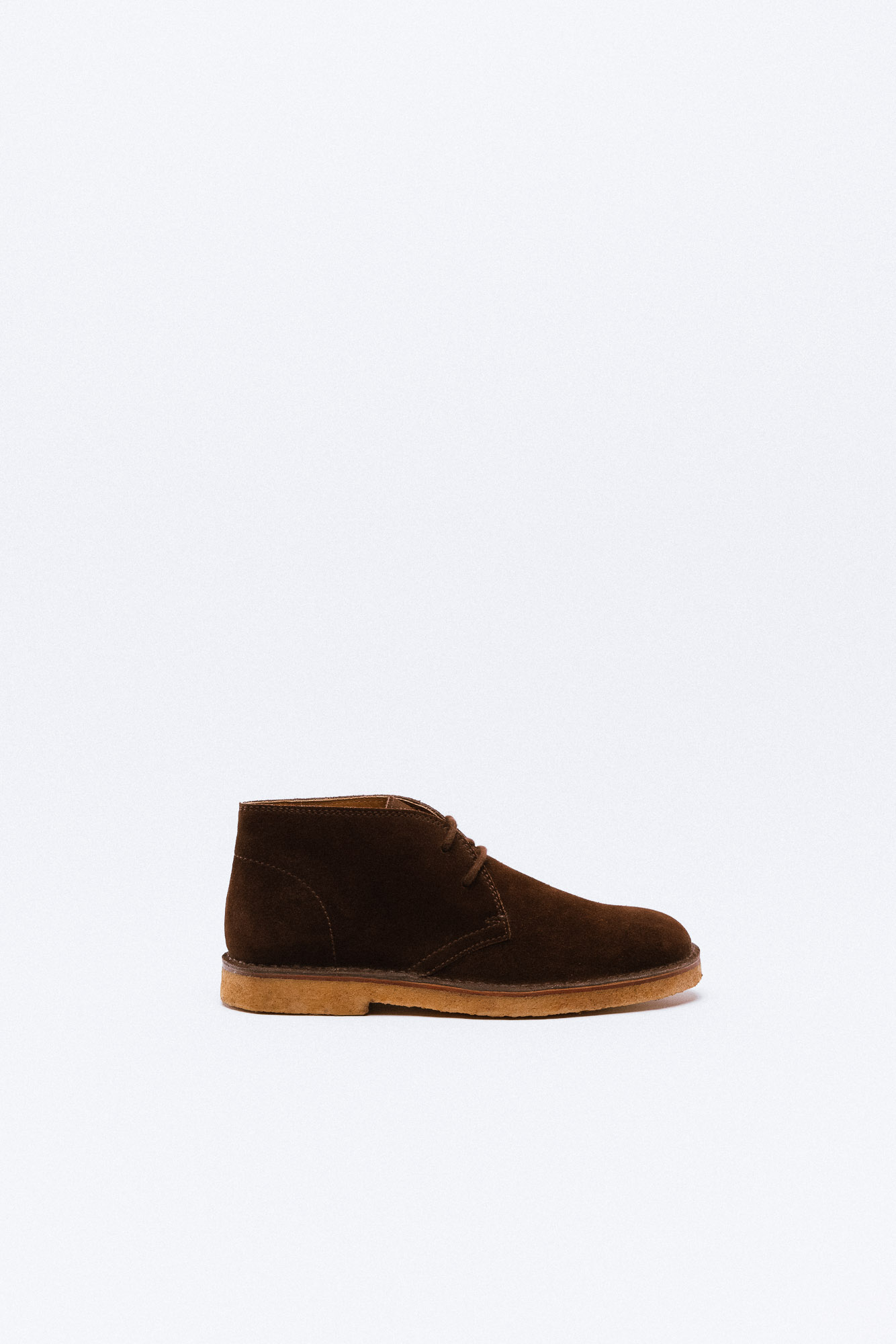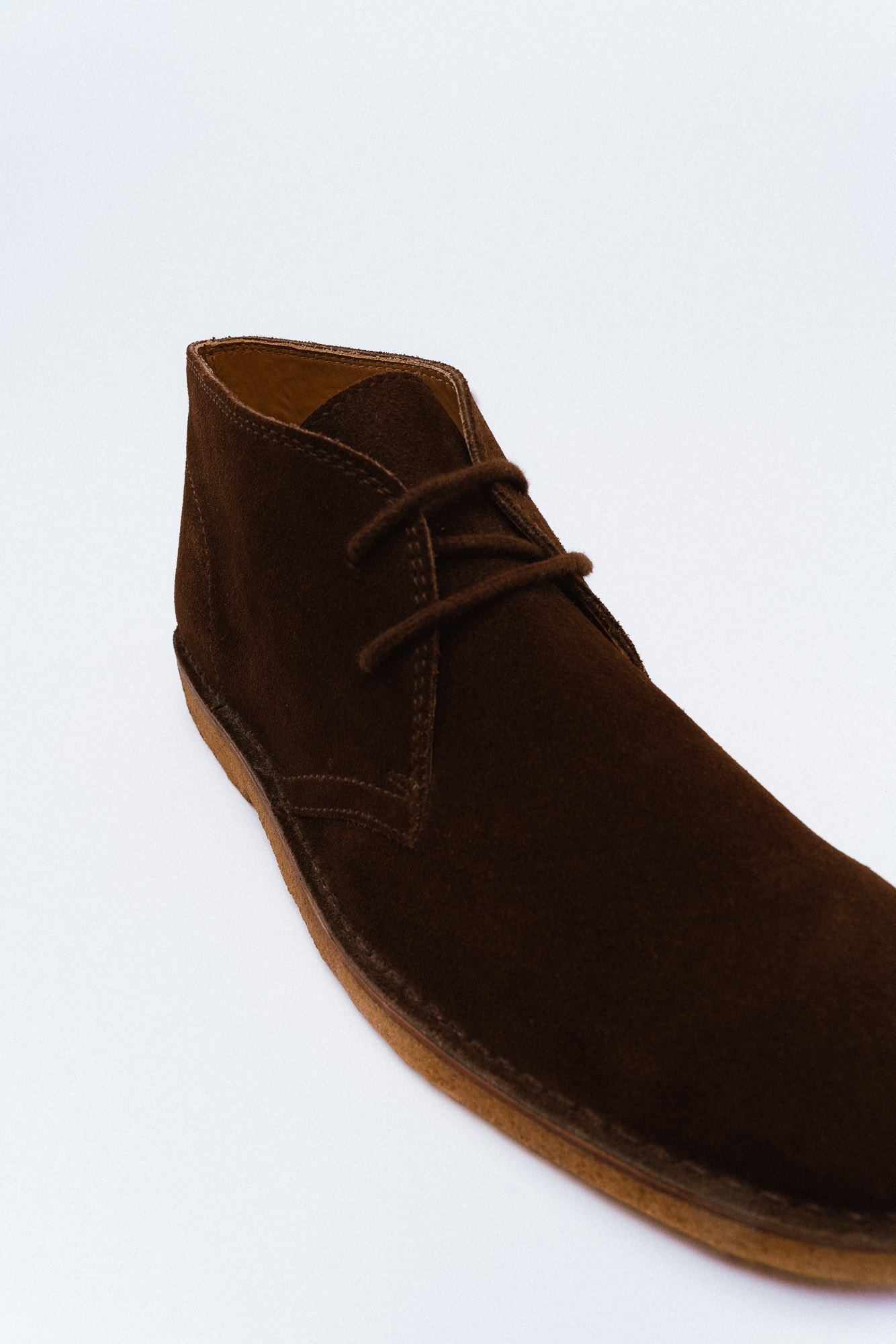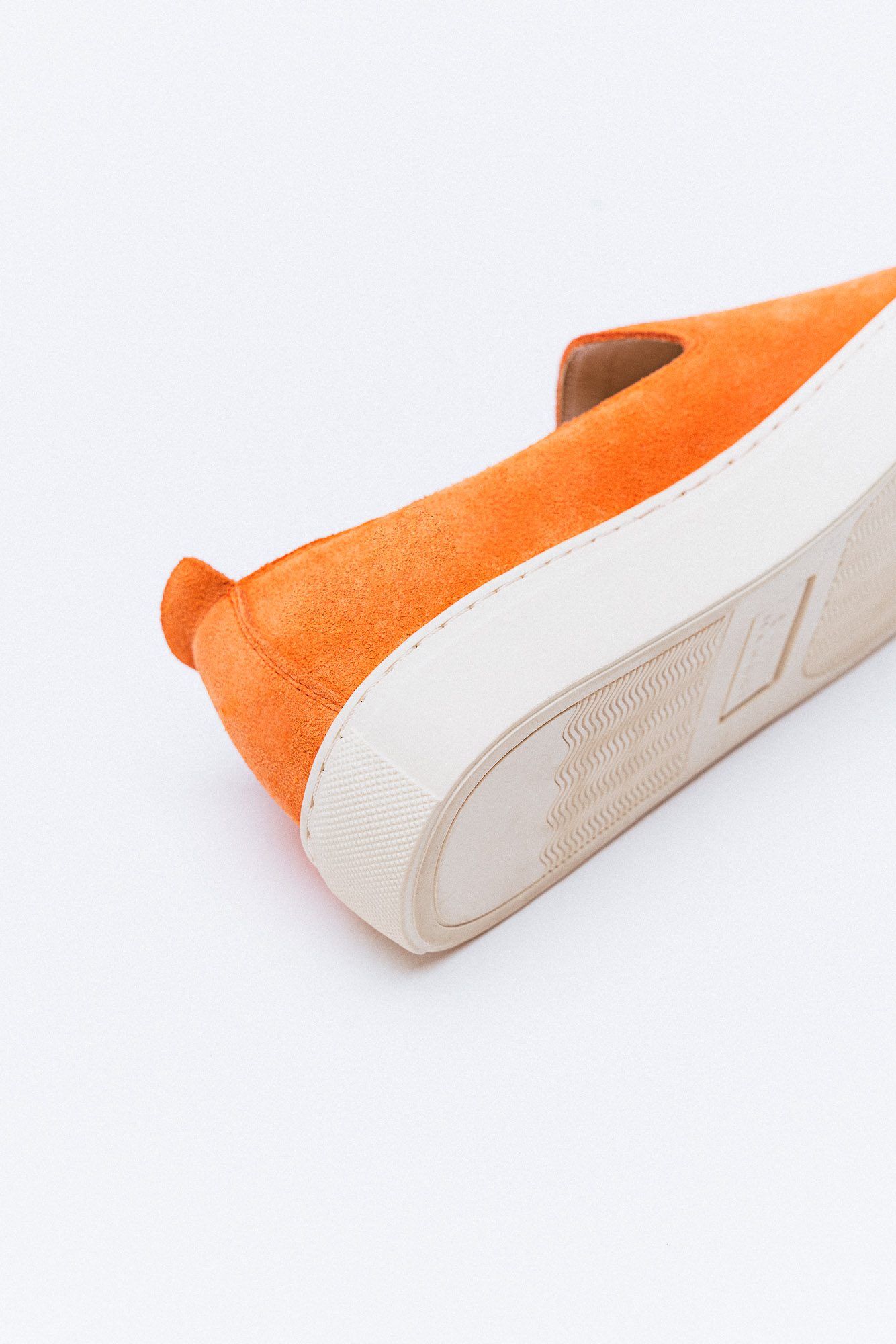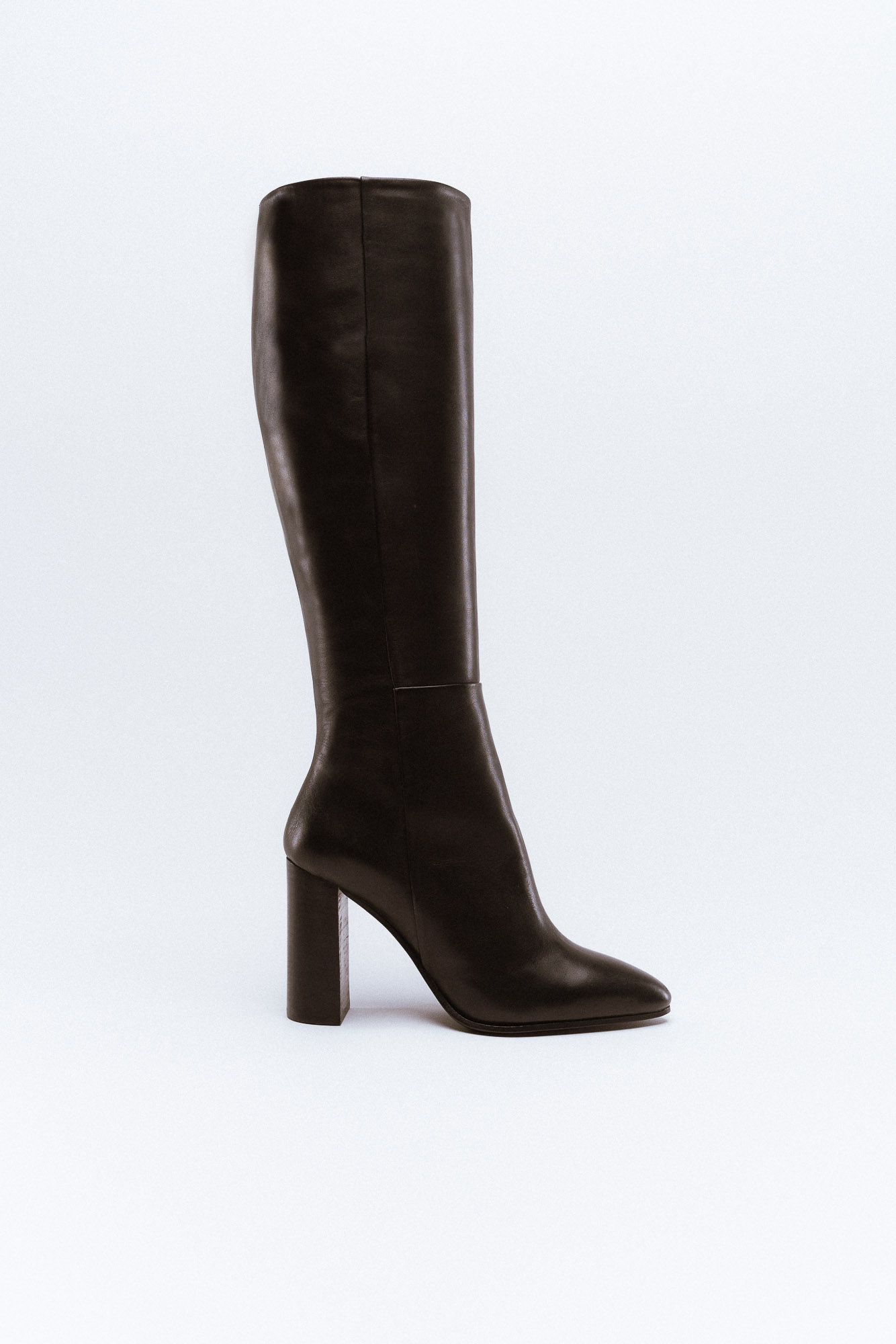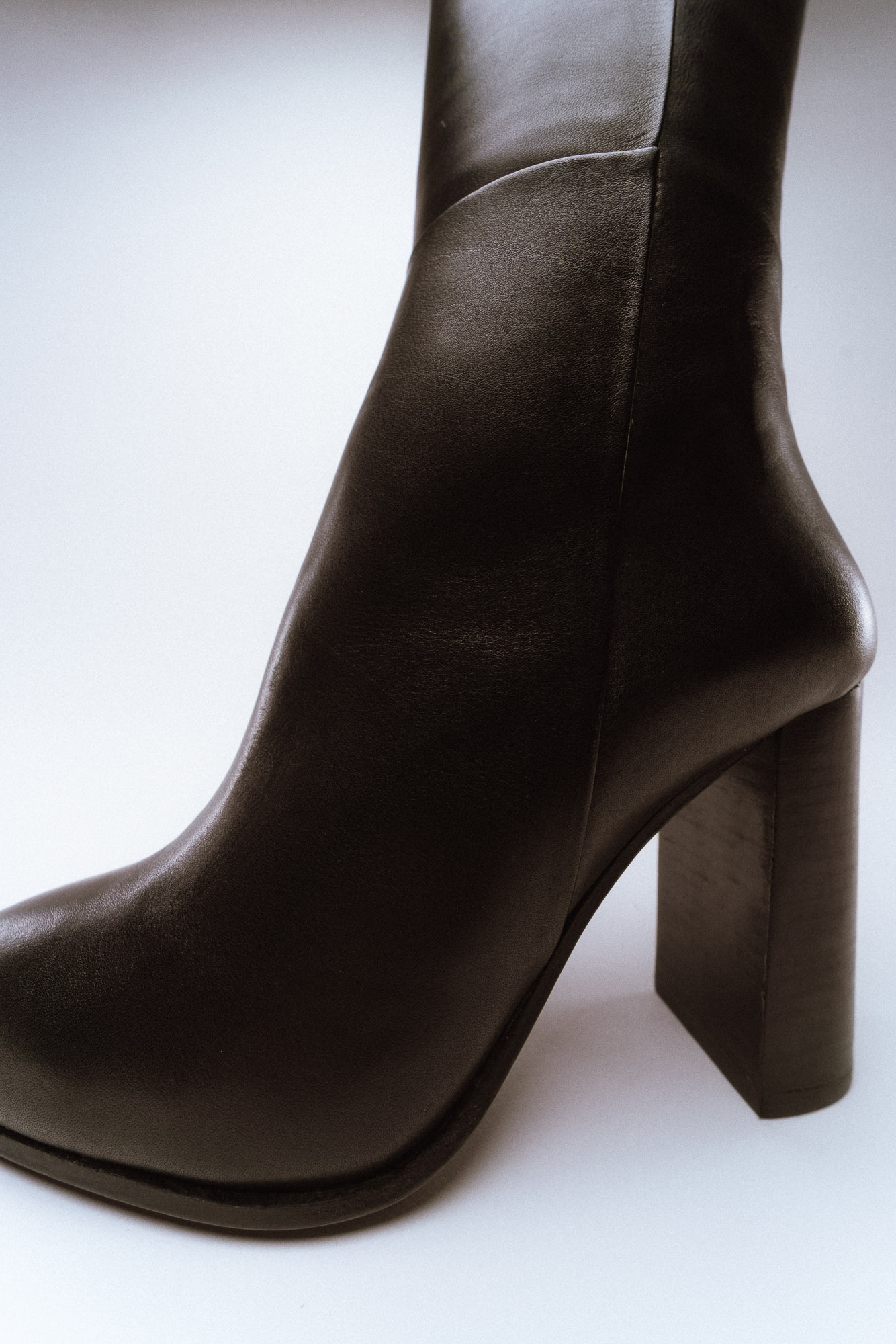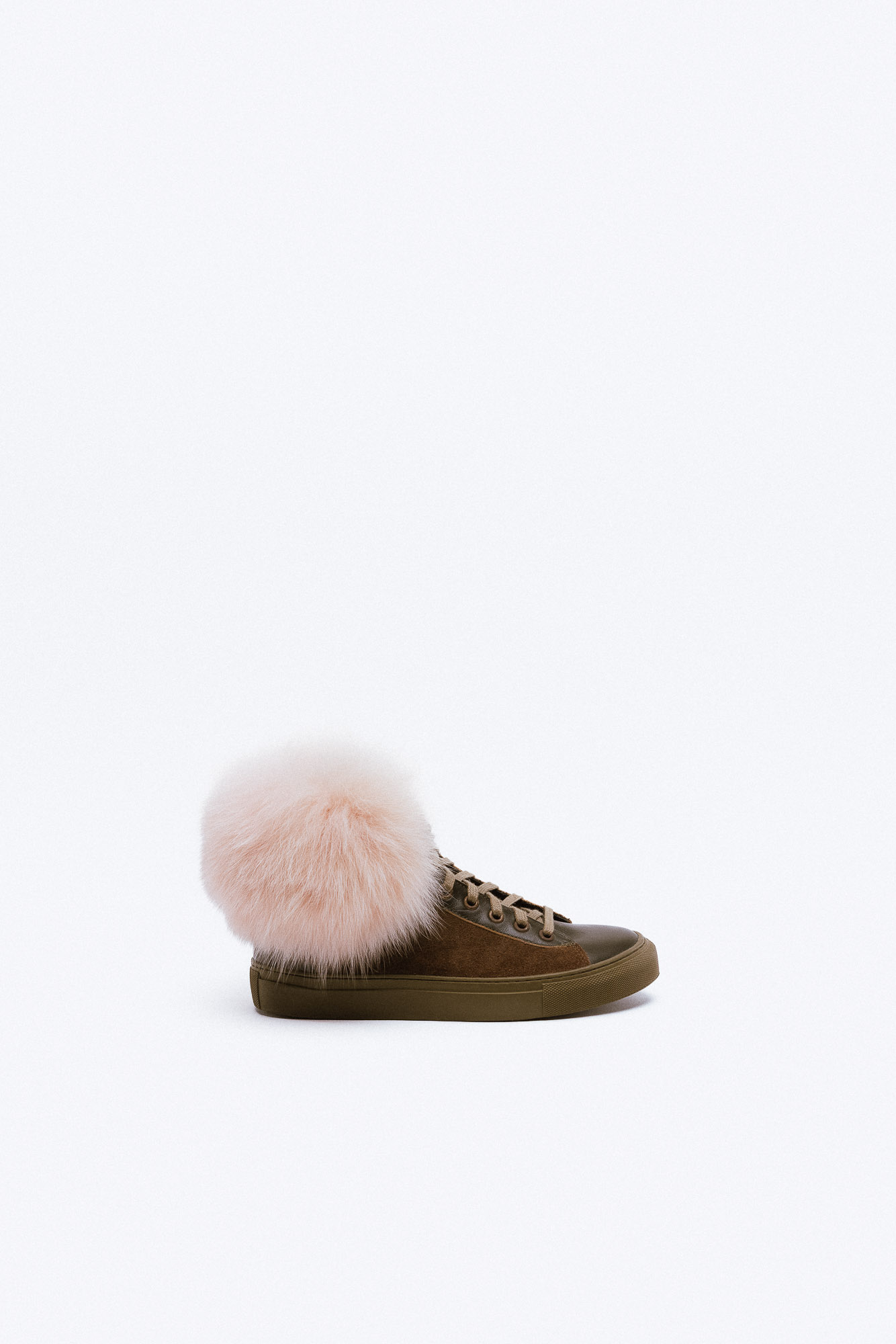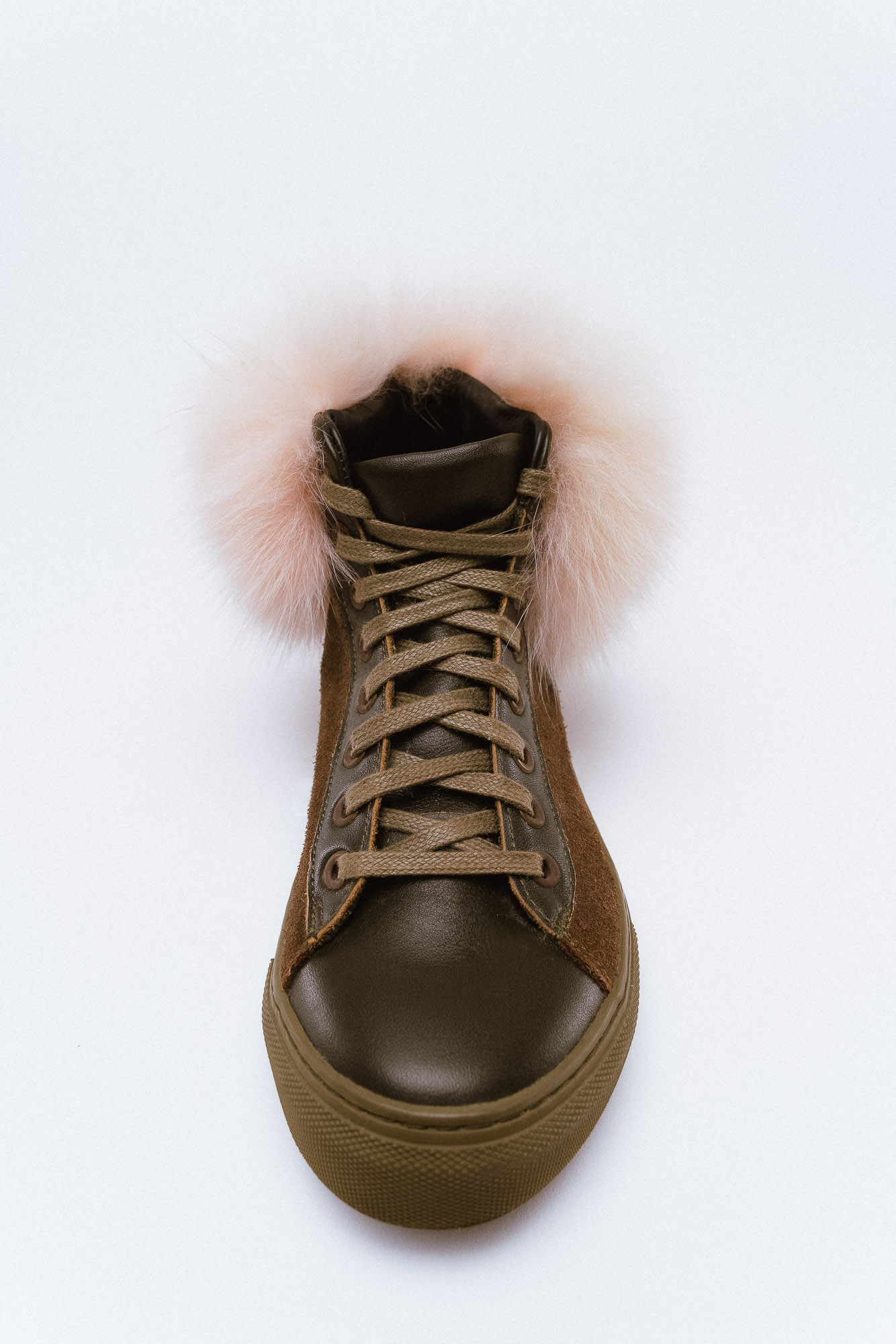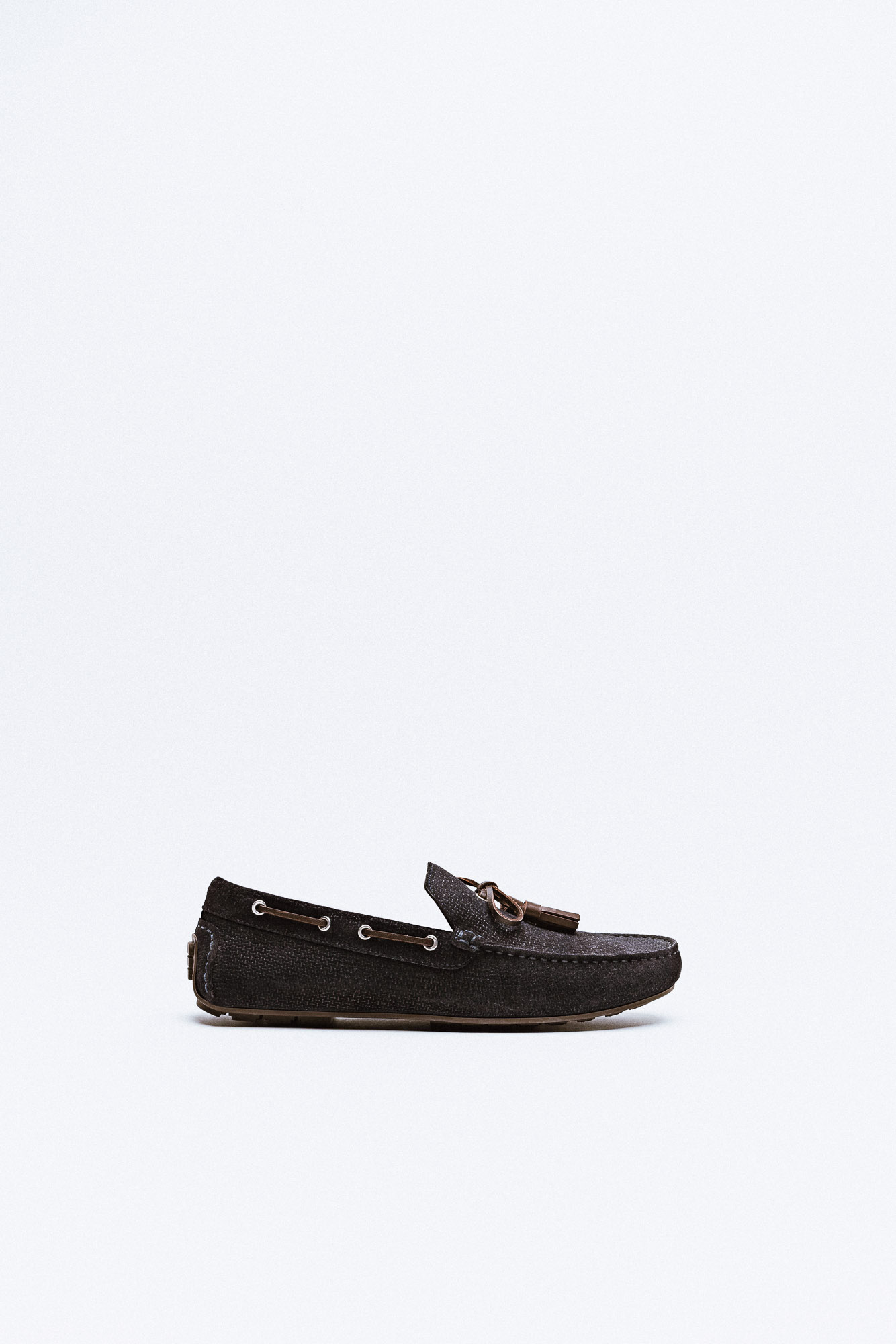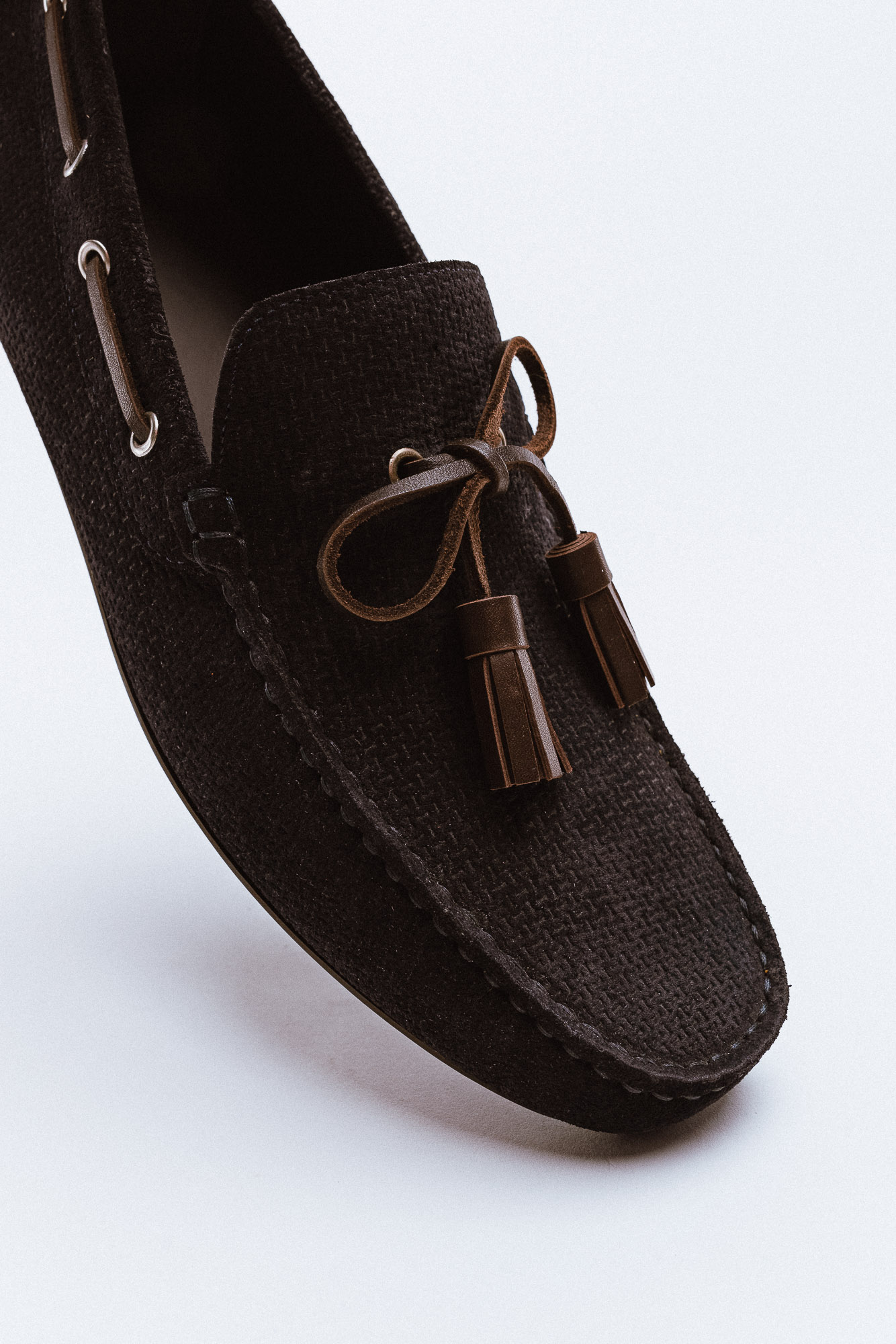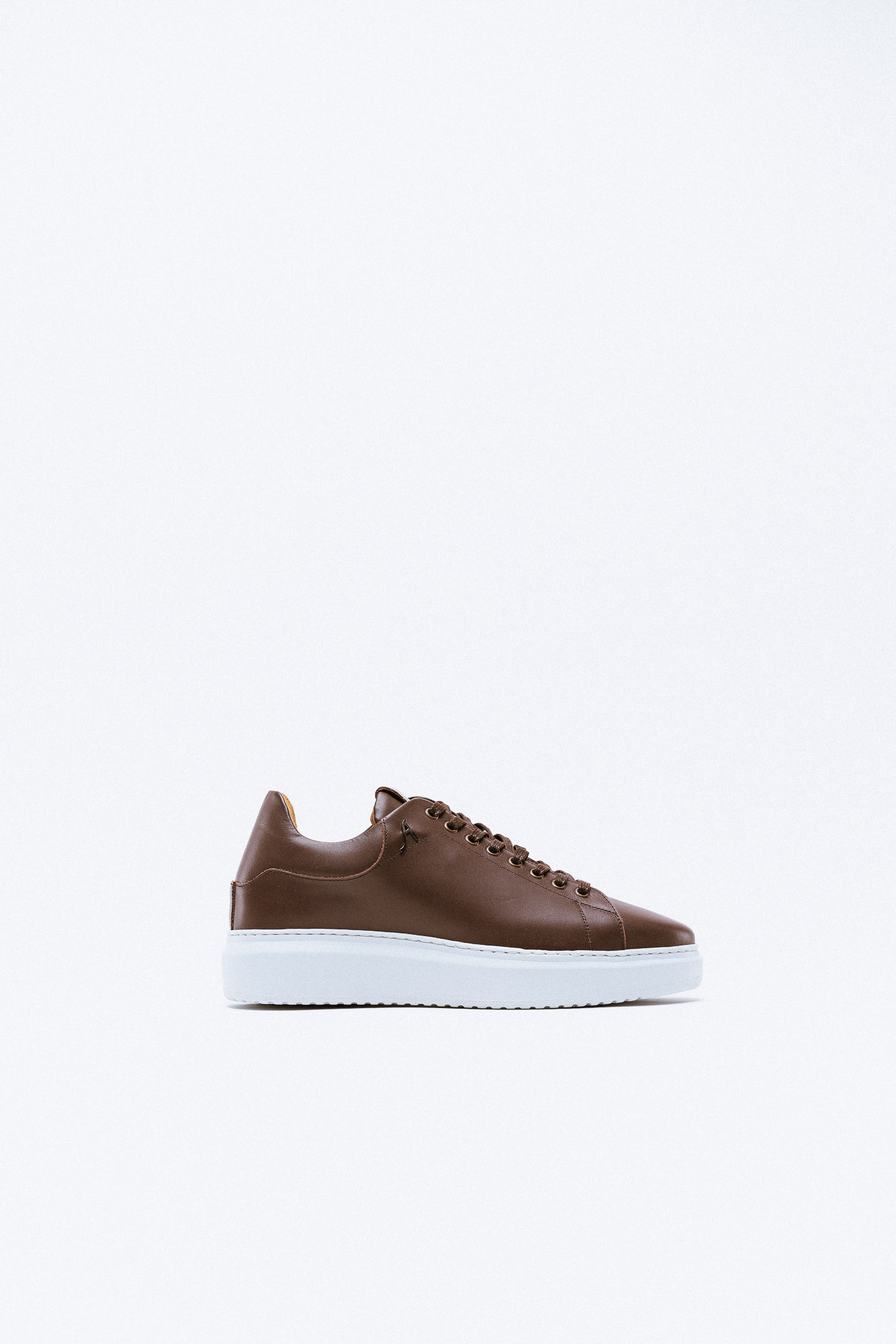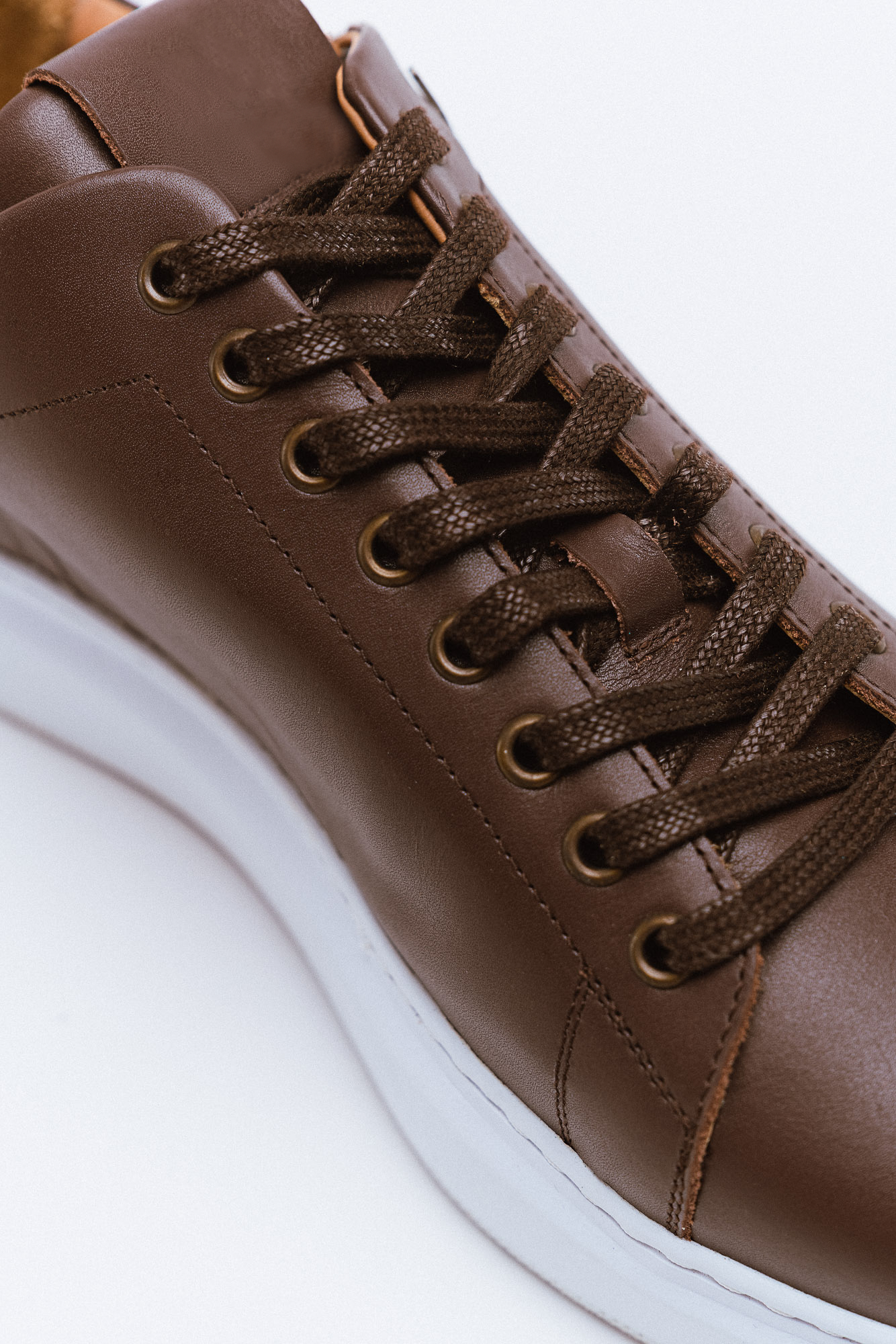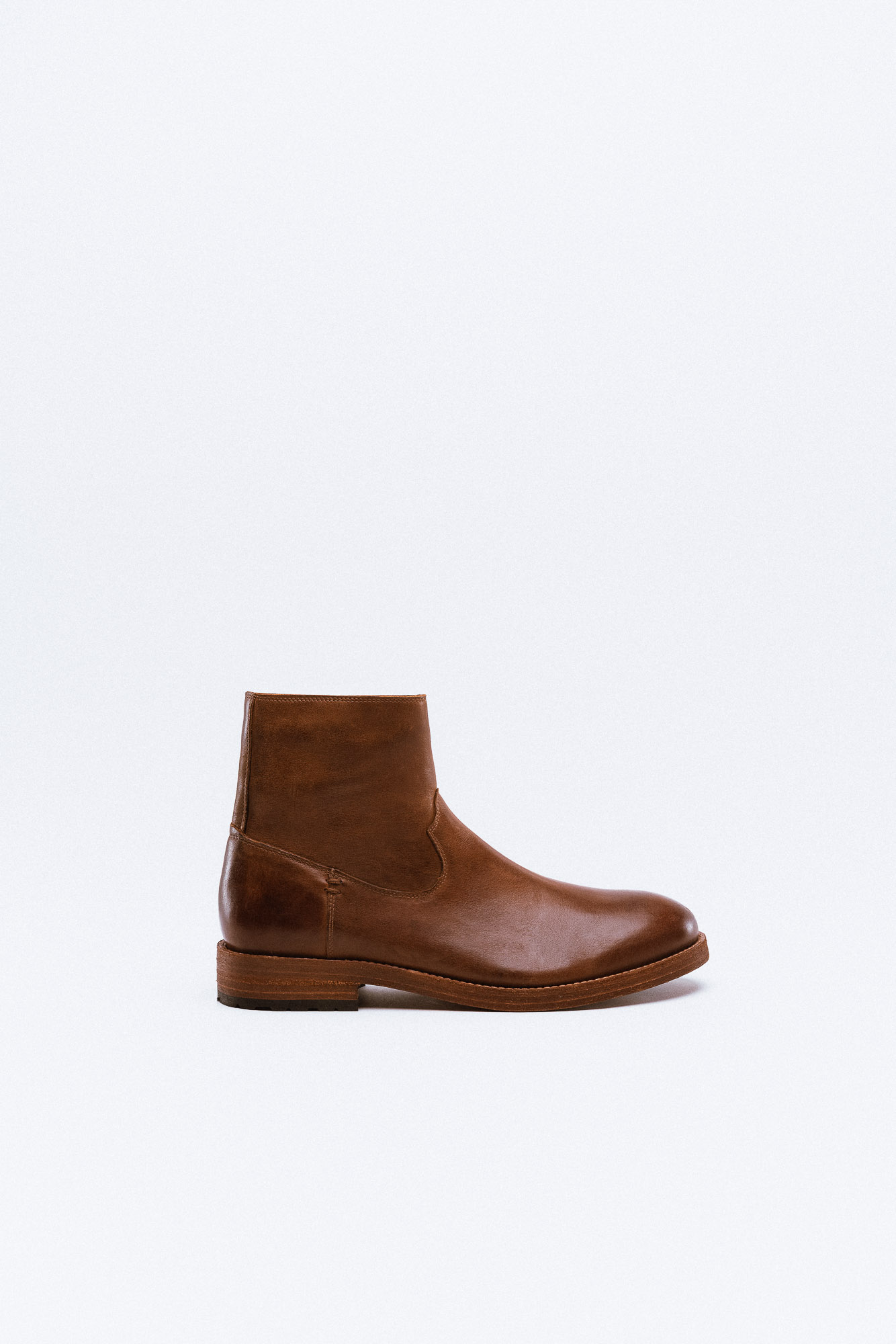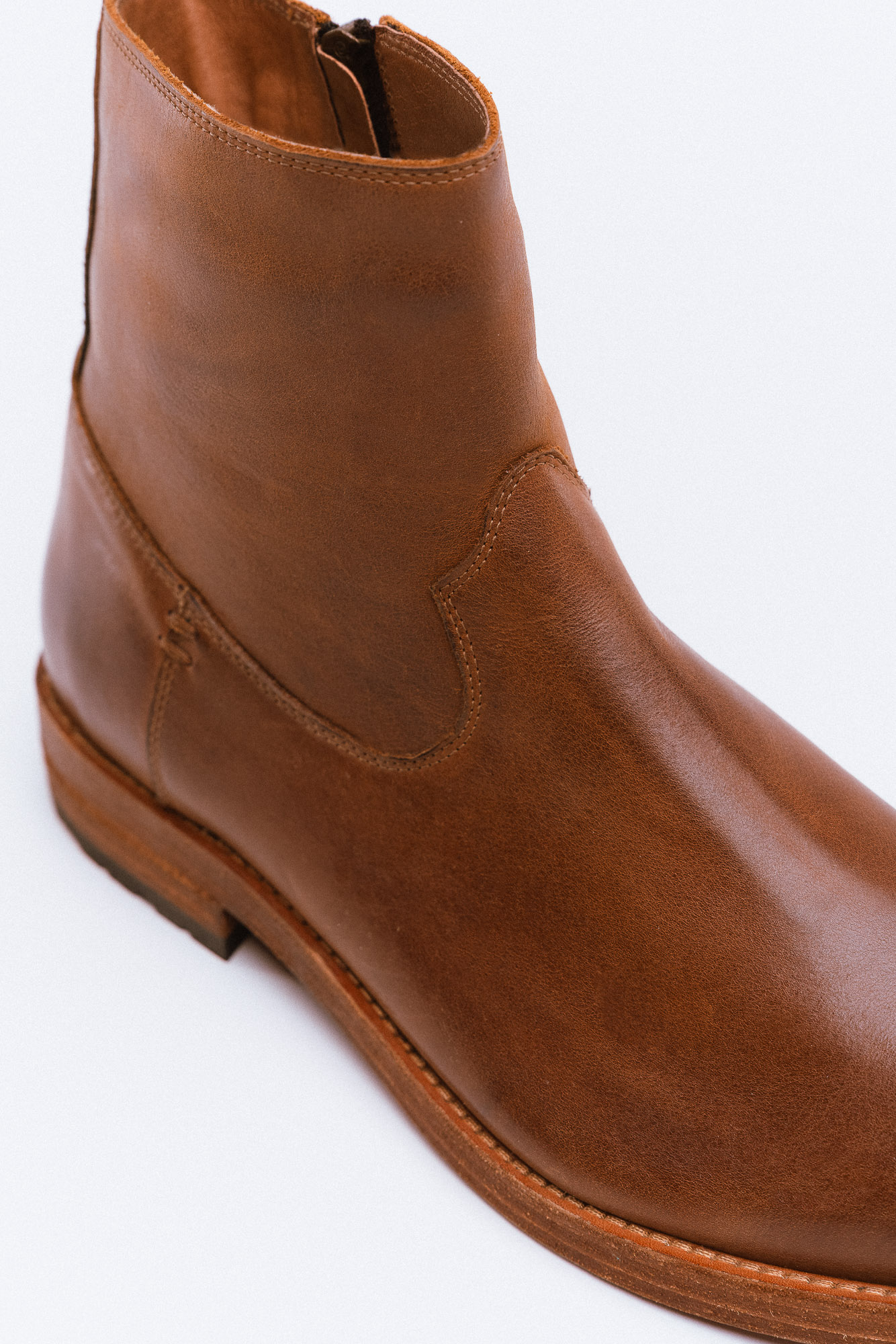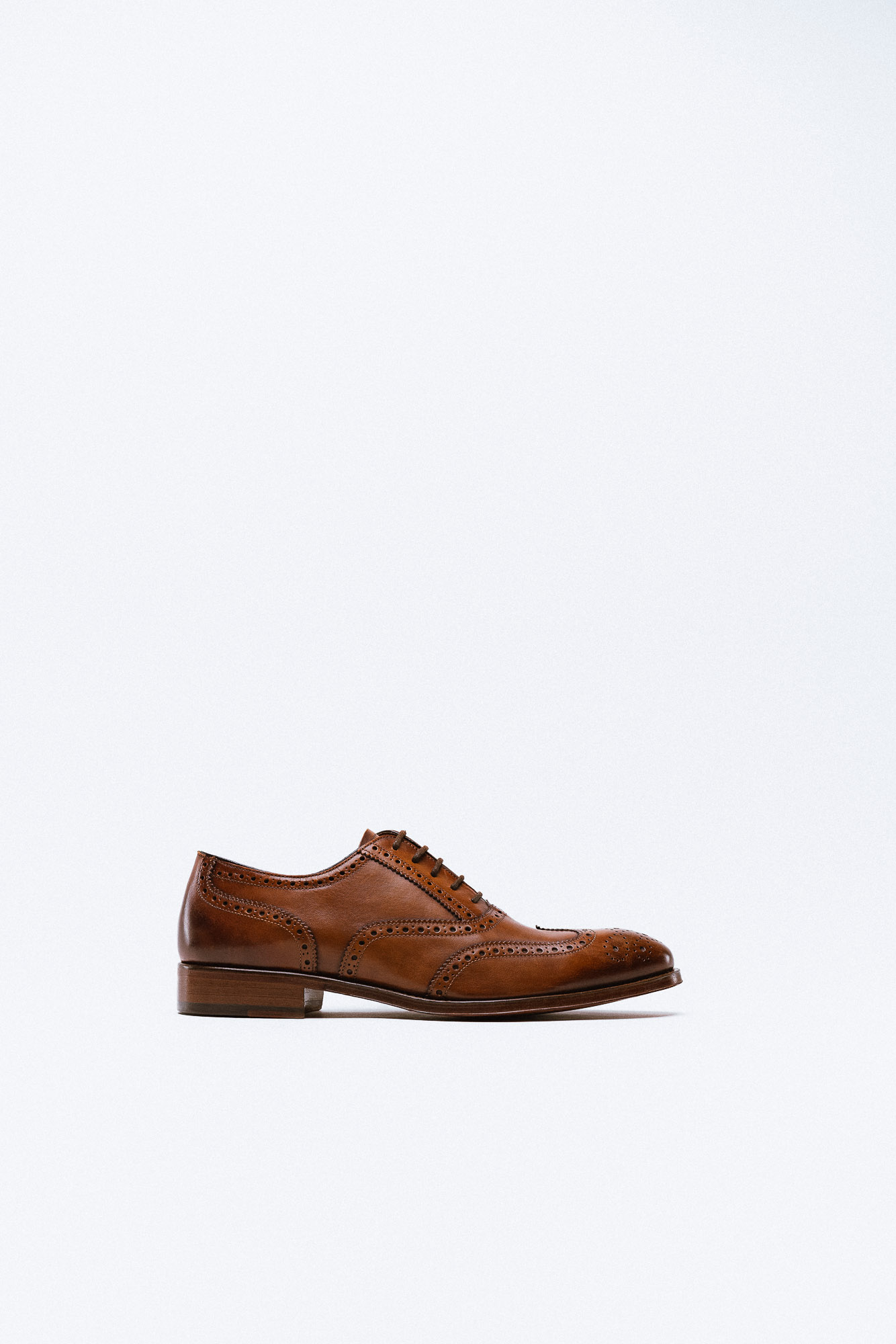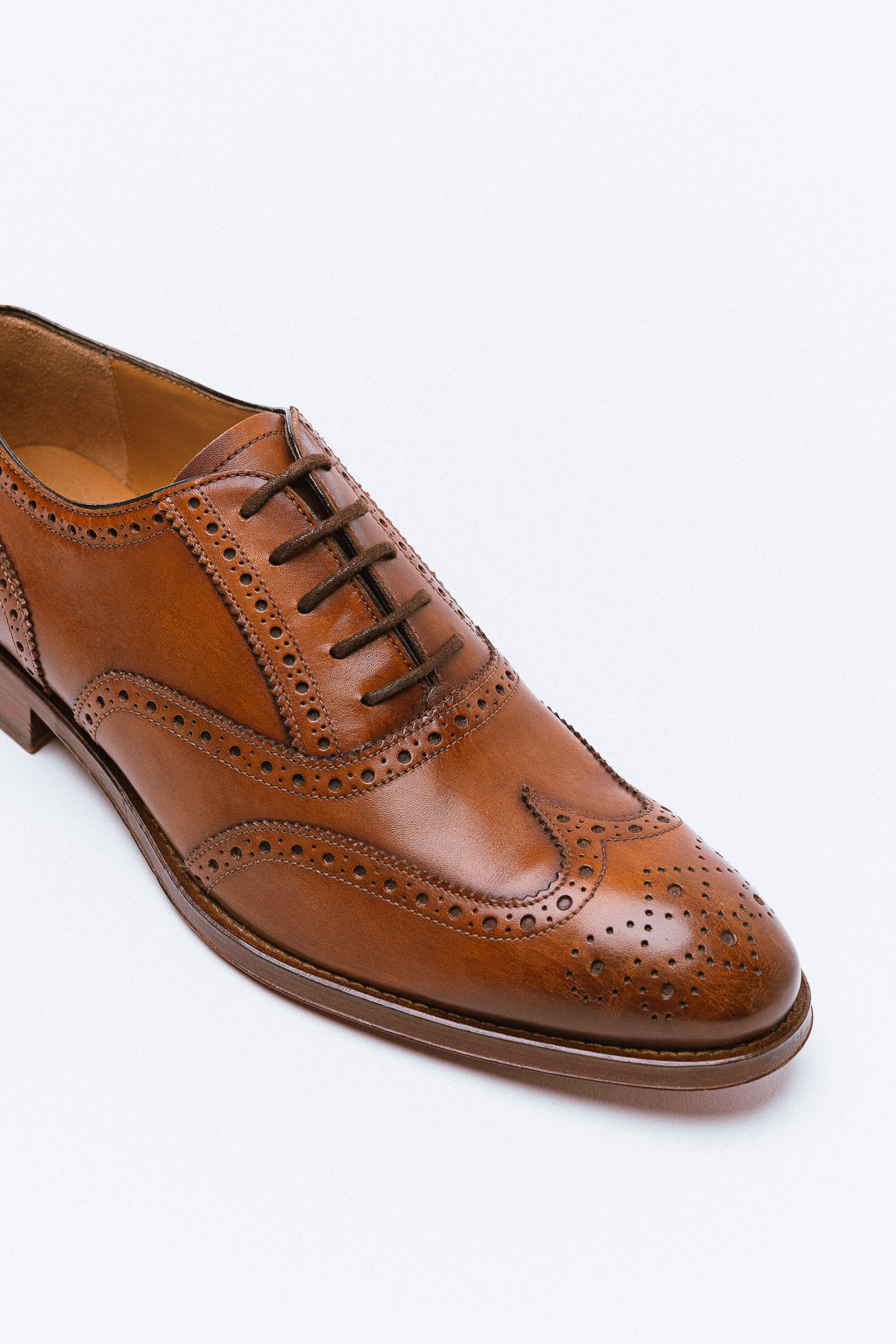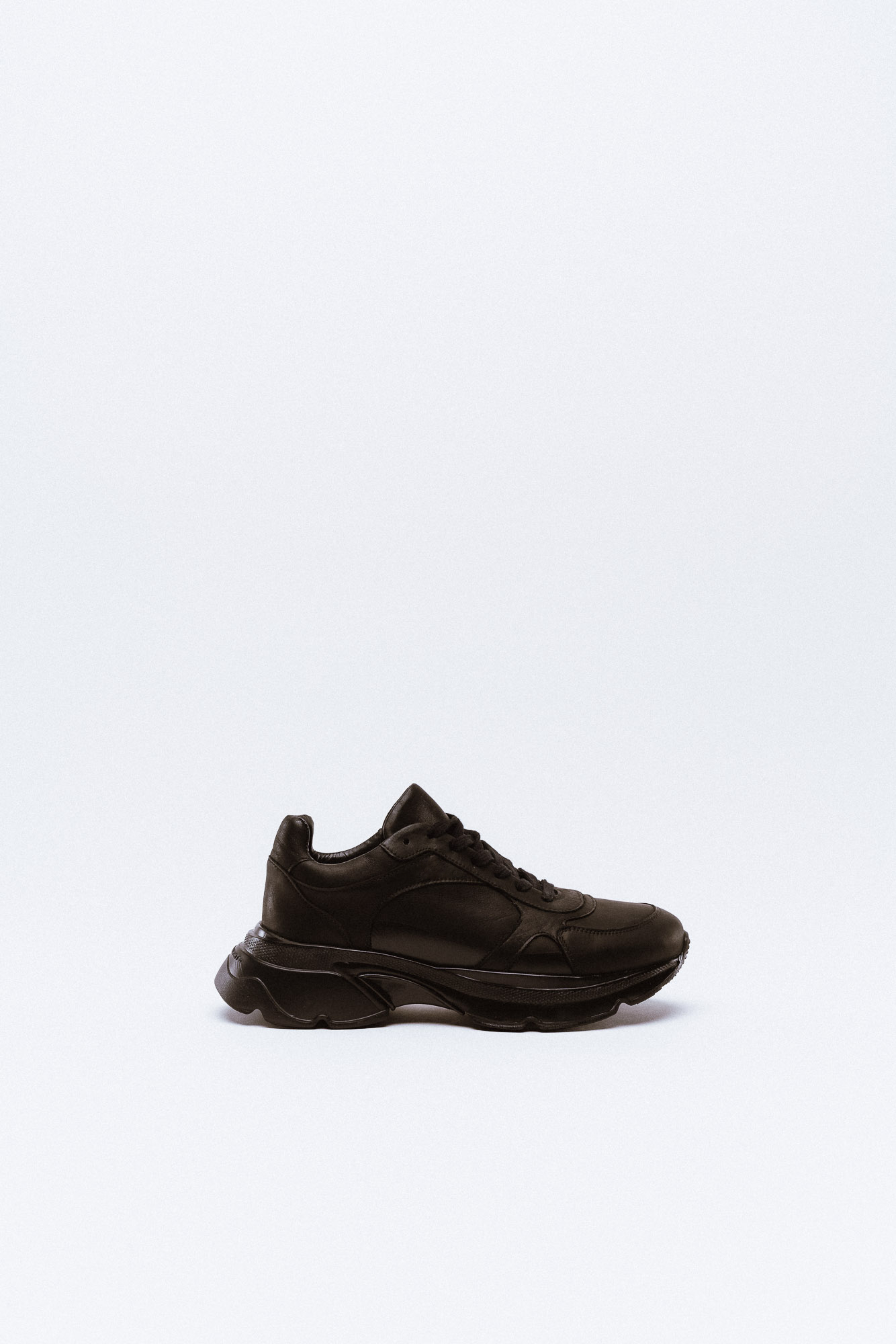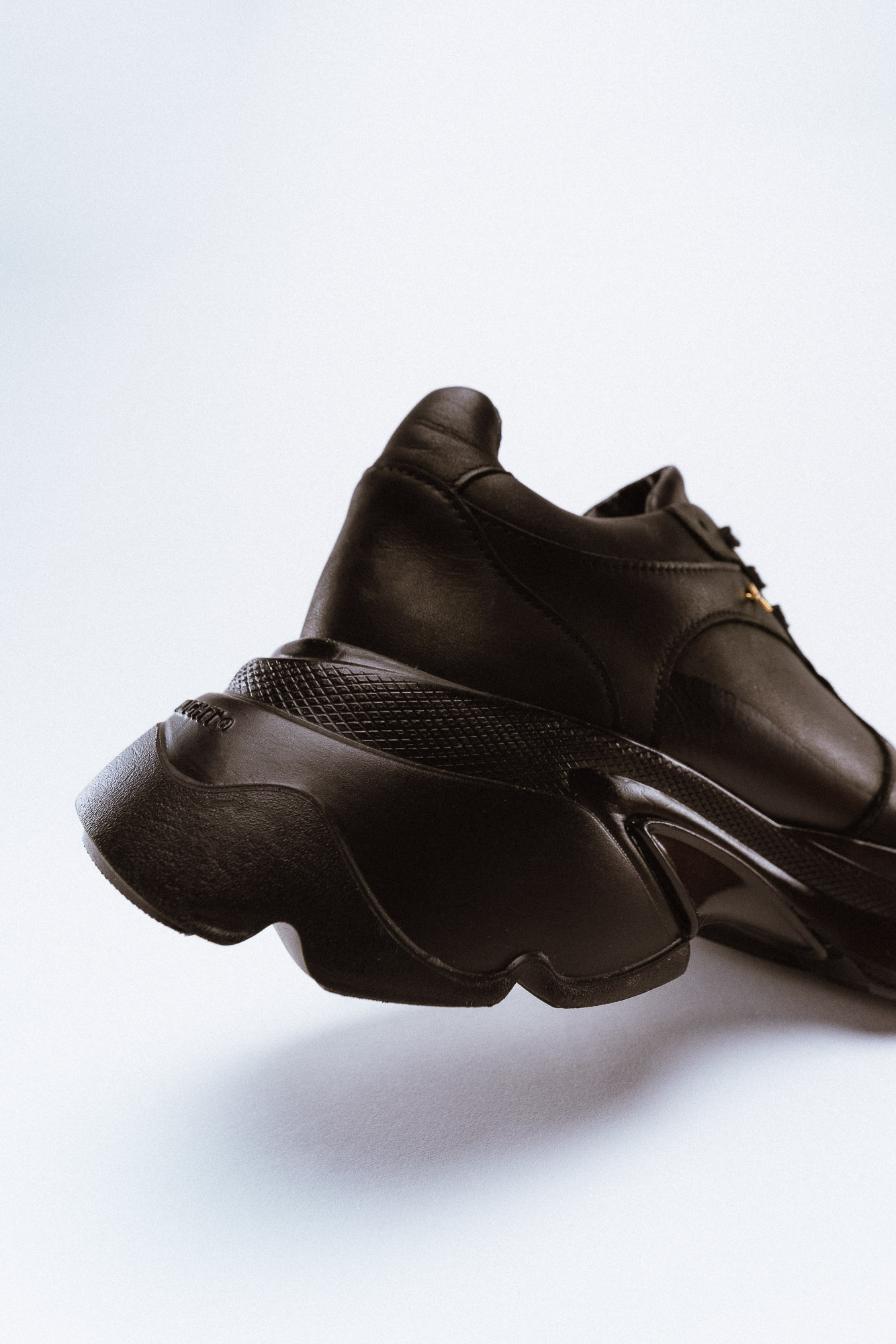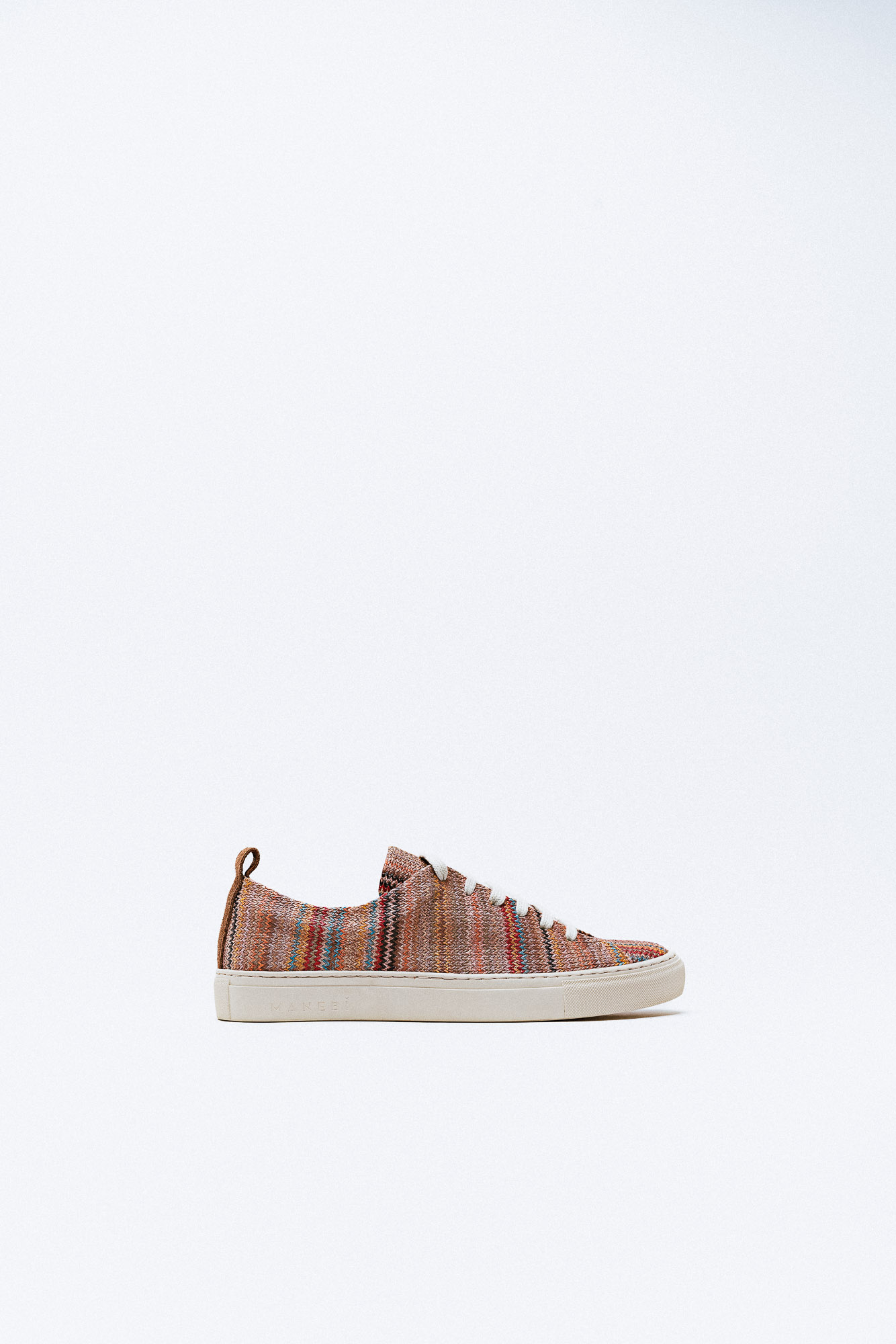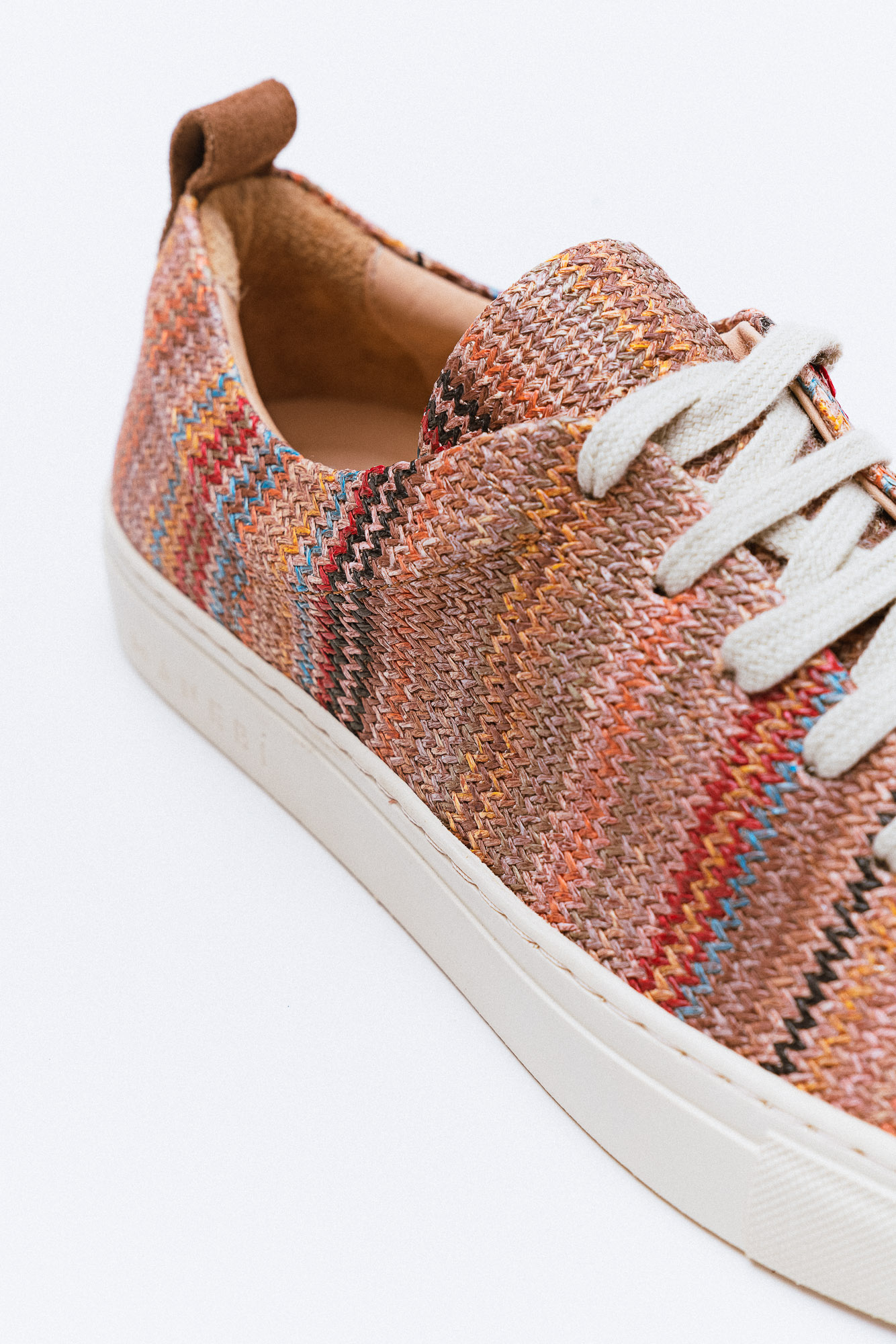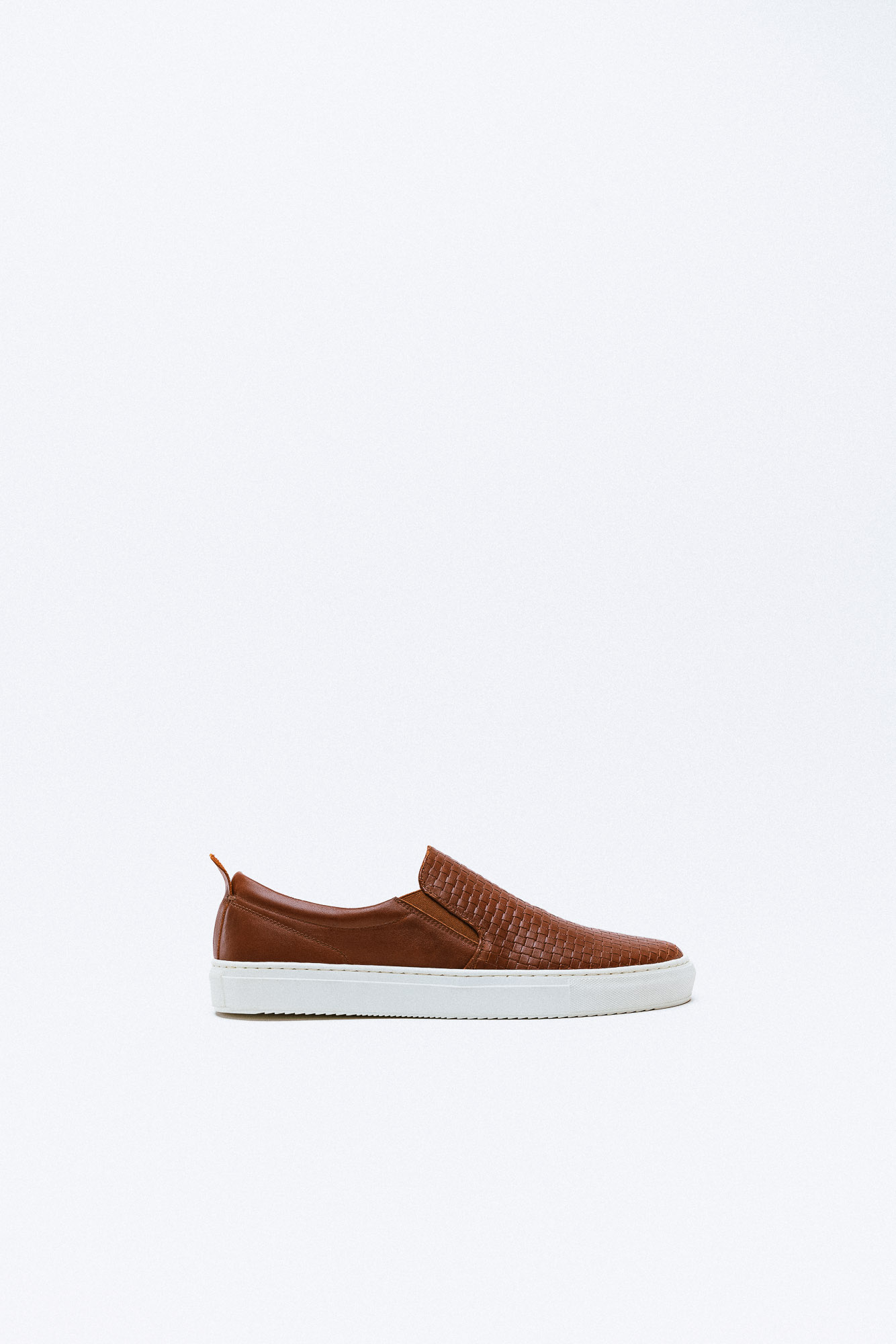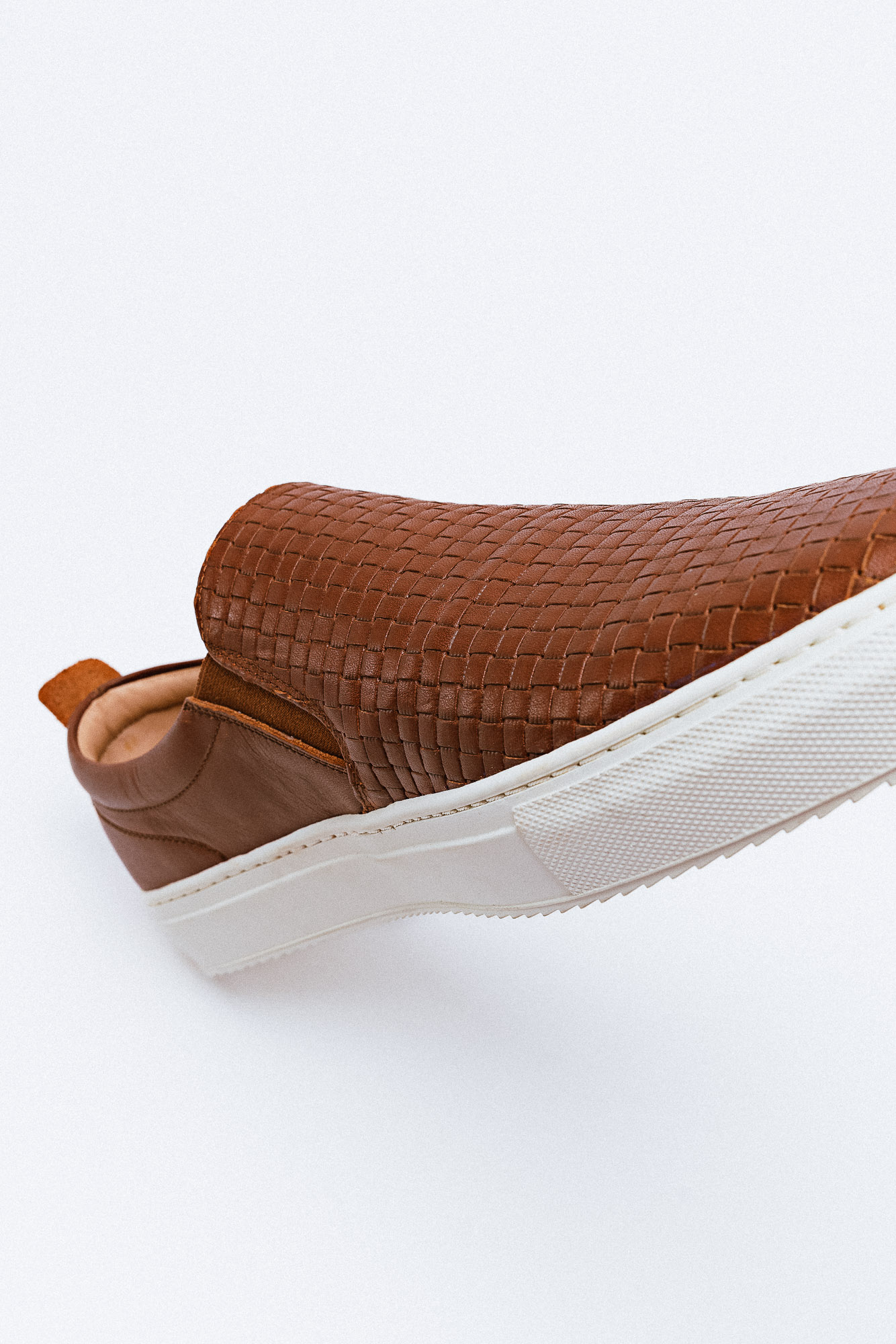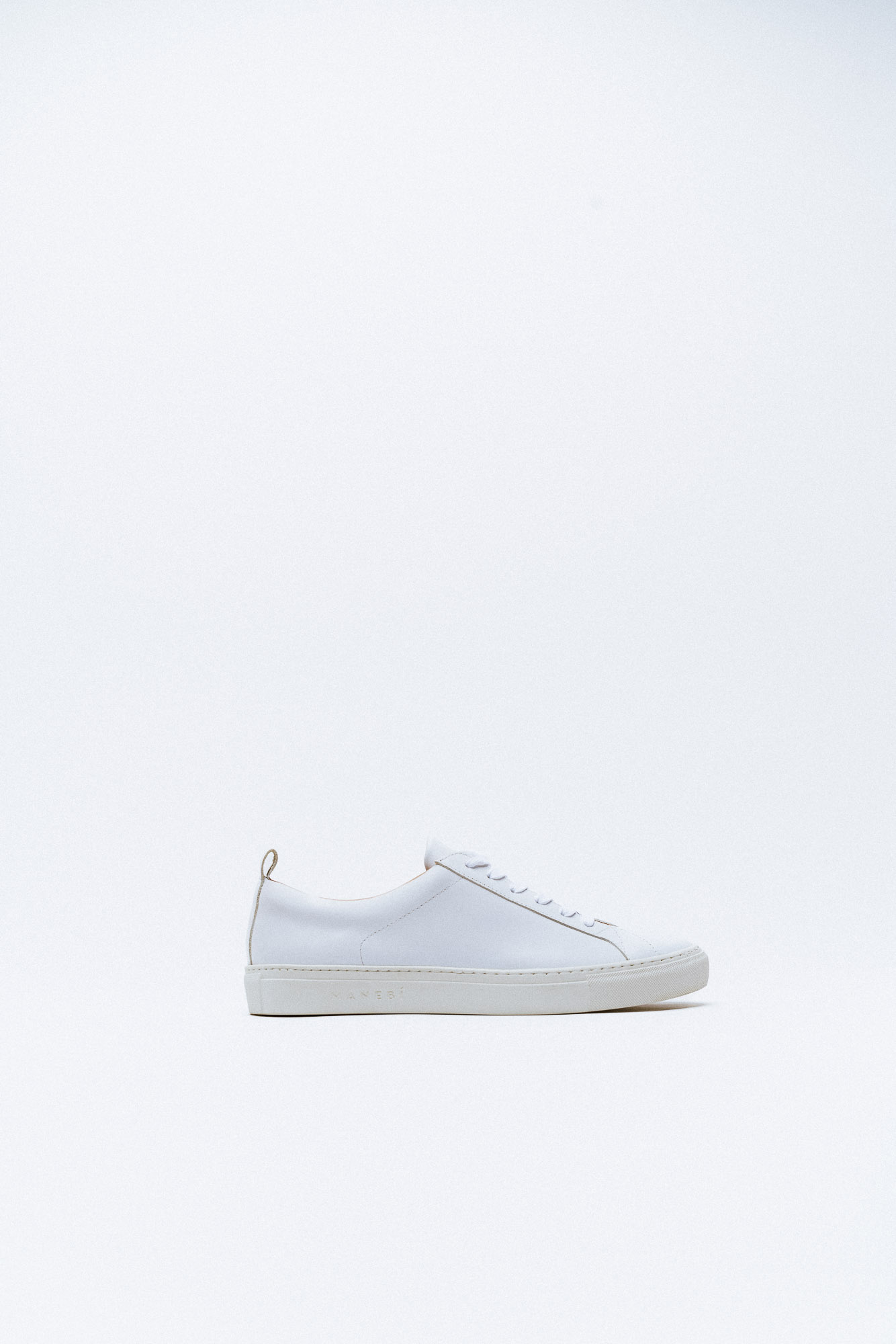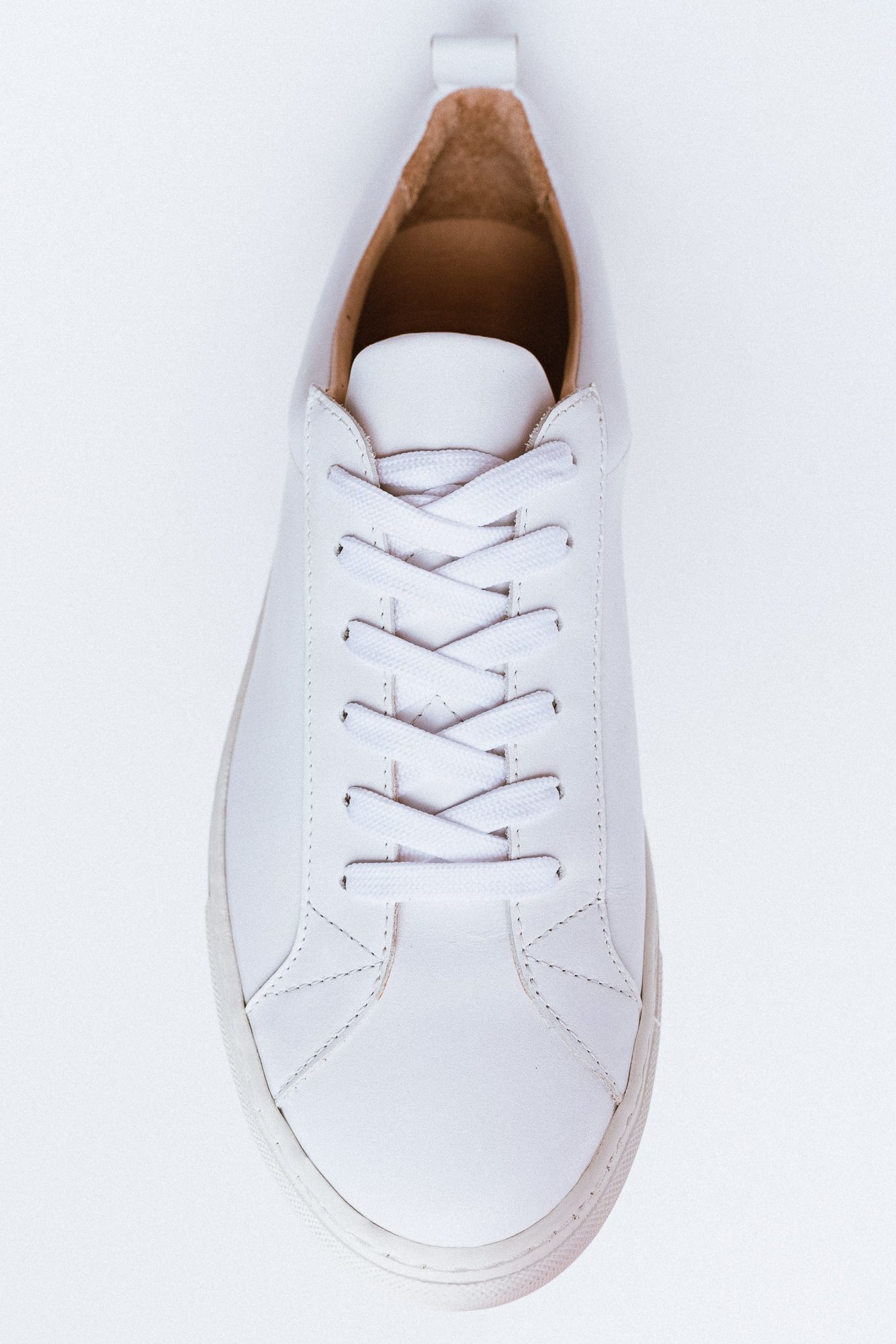Even before this moment in time, caftans held an enduring appeal.

The caftan is a summertime classic, evoking timeless glamour and the imaginary backdrop of, say, a Marrakesh sunset or a Palm Springs poolside. To wear one is to draw down the mystique of fashion legends, from Elizabeth Taylor to Diana Vreeland. And indeed, this year’s resort and spring/summer 2020 collections offered a hit of louche bohemian vibe in the form of some killer caftans: Roberto Cavalli did multiple graphic and animal-print looks – complete with matching head scarves – for his resort collection; Oscar de la Renta and Emilio Pucci – two labels that have dabbled in the style for decades – showed gorgeous billowing and flowy iterations. The list goes on: Tory Burch and caftan aficionados Mary-Kate and Ashley Olsen’s The Row both channelled the zeitgeist for spring. And influential celebrity stylist and designer Rachel Zoe has long been Hollywood’s leading caftan cheerleader; this season, she suggested a breezy white version.
So why are we reaching for the ultimate in chic loungewear at this moment? These collections were in the works long before physical distancing, but they became instantly relevant as we began to explore how to look comfortable at home while dreaming of far-flung destinations. Caftans neatly dovetail with several current fashion trends: One-piece jumpsuits and rompers have been all the rage for some time, and a penchant for both modest and bohemian dressing has collectively attracted us to maxi lengths. But it is the vintage element – ’60s and ’70s wallpaper prints were splashed across numerous collections – and the exotic allure that are the most compelling explanations.
You see, the caftan has been coveted for centuries, from the dawn of ancient Mesopotamia right up to the dominance of Beyoncé and Rihanna (both of whom have rocked megawatt caftans). The garment is thought to date back to the 15th century – during the Ottoman Empire, in fact, when fabric and ornaments were so expensive that long embellished unisex tunics were used to denote a person’s high station. Much later, in the early 20th century, Spanish designer Mariano Fortuny made waves by introducing the free-flowing silk caftan, sparked by his own obsession with the abaya, commonly seen in parts of North Africa. Women yearning for liberation took to the loose option, shrugging out of their corsets and horsehair-stiffened bustles.
It was in the ’60s, however, that the caftan had its deepest cultural infiltration. Yves Saint Laurent, who was profoundly connected to Morocco, is the designer we most associate with the great heyday of the caftan. He riffed on African exotica often, and his 1969 collection was a parade of caftans with intricate embellishments. (The house launched the fragrance Caftan in 2015 in a tribute to the designer’s passion for the garment.) But he wasn’t alone: Designers from Dior to Balmain to Madame Grès created embellished versions of the style, while younger, hipper (at the time!) houses such as Pucci, Halston, Oscar de la Renta and London firecracker Zandra Rhodes did mod versions. (These pieces are still hotly traded on the vintage market and serve as inspiration for many of the fast-fashion versions filling shop racks.)
Though there have been a variety of different iterations over the years, one fact remains: A caftan is a costume fit for a goddess because it embodies a perfect sartorial dichotomy. It is both grand and humble at the same time. It takes curves and clings out of the message but feels very sexy to wear. It is firmly not about the male gaze but rather an expression of what women feel great wearing. You draw attention to yourself with a bold to-the-floor statement dress while also putting people at ease with a subconscious signal that says, with a wink, “Relax.” And relax you shall because in a caftan you lounge effortlessly on any settee and slouch with abandon; it never bulges, and there is never a call for fiddly hair or makeup because the garment commands an artfully undone aesthetic.
Mostly, though, the appeal of a caftan is about its harmonious cultural pastiche. In its voluminous shape, it holds the mystery of all the women who have worn it before, through the ages and around the world. It hints at a can’t-quite-put- your-finger-on-the-original-source of exotica without a hint of appropriation. It is a mash-up of inspirations and aspirations we are accustomed to – from the souk to the Hamptons – and one that can be executed and reconceived in so many different ways, from a simple cotton version to Maya Rudolph’s recent sequined Oscars dress. What we want right now is comfort and familiarity, and so I nominate the caftan as the official garment of the summer of 2020.
This article originally appeared in the Summer 2020 issue of ELLE Canada.

